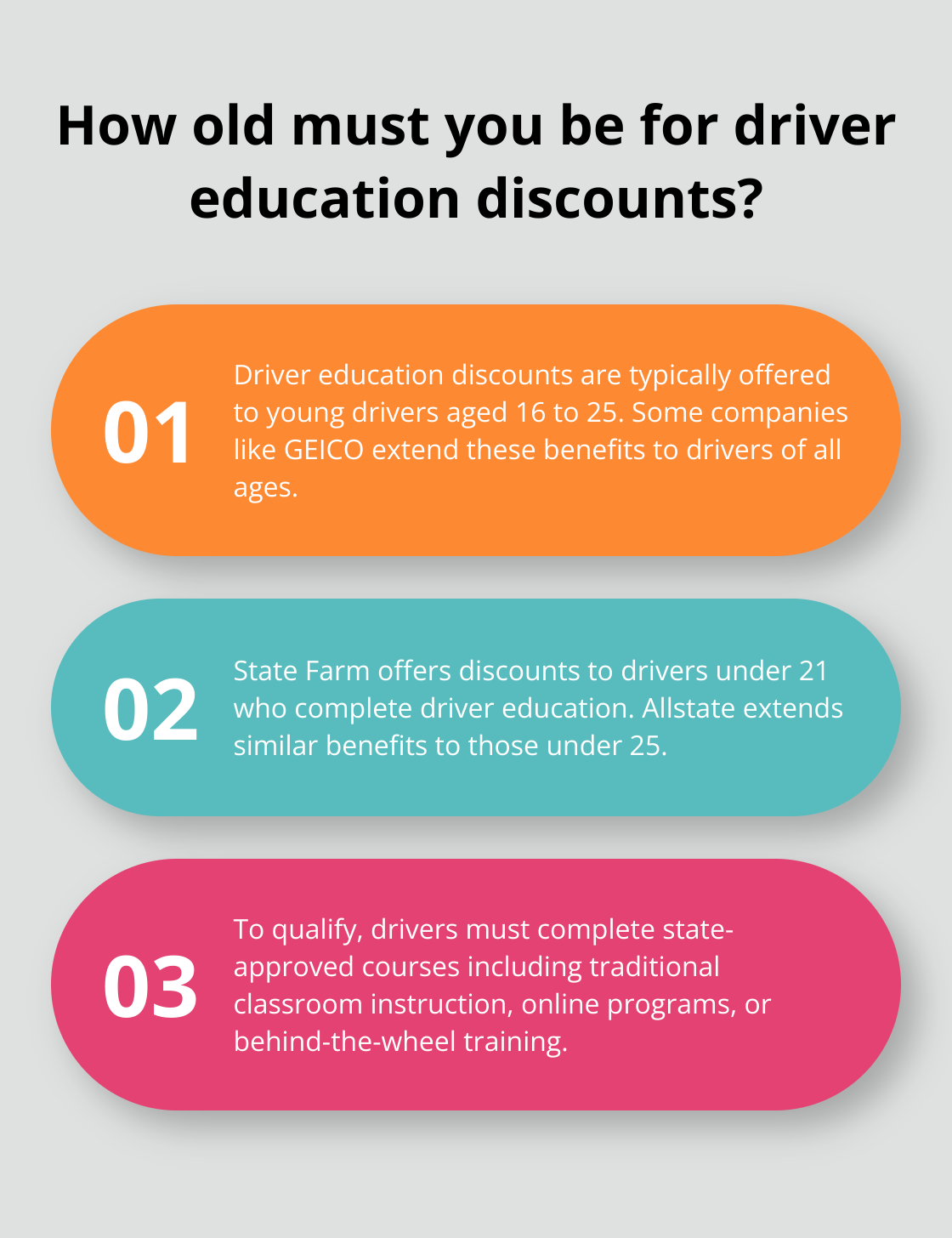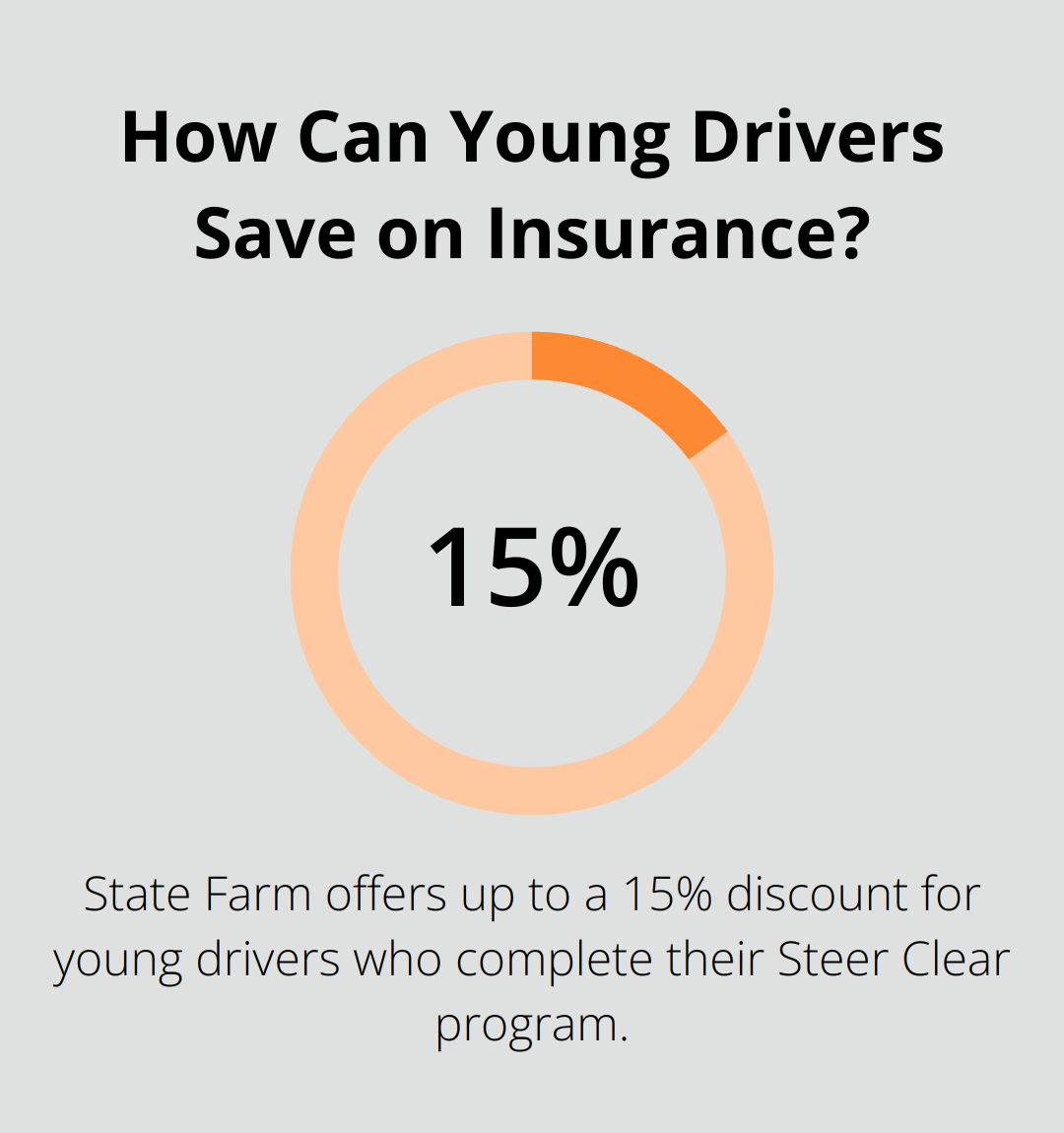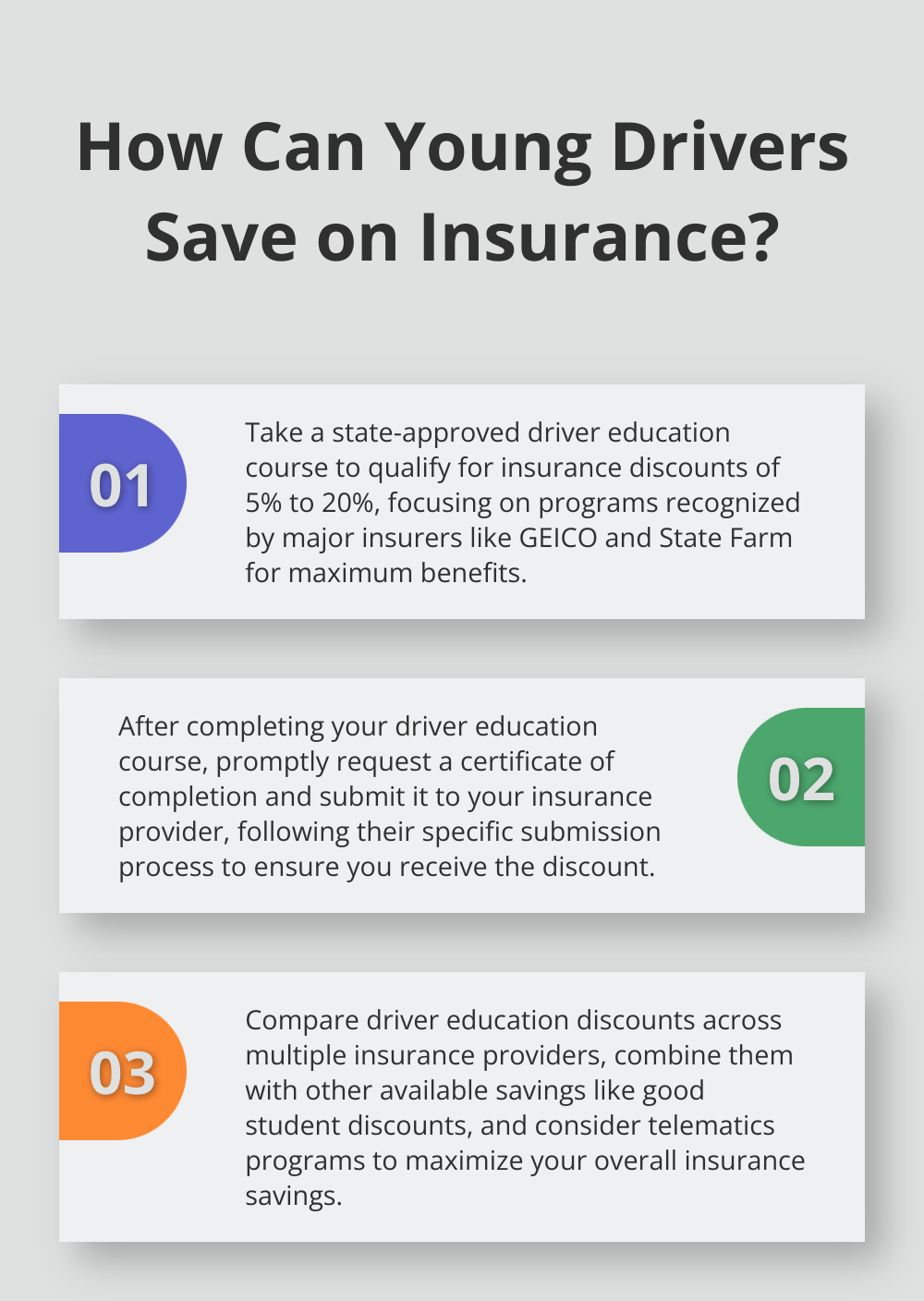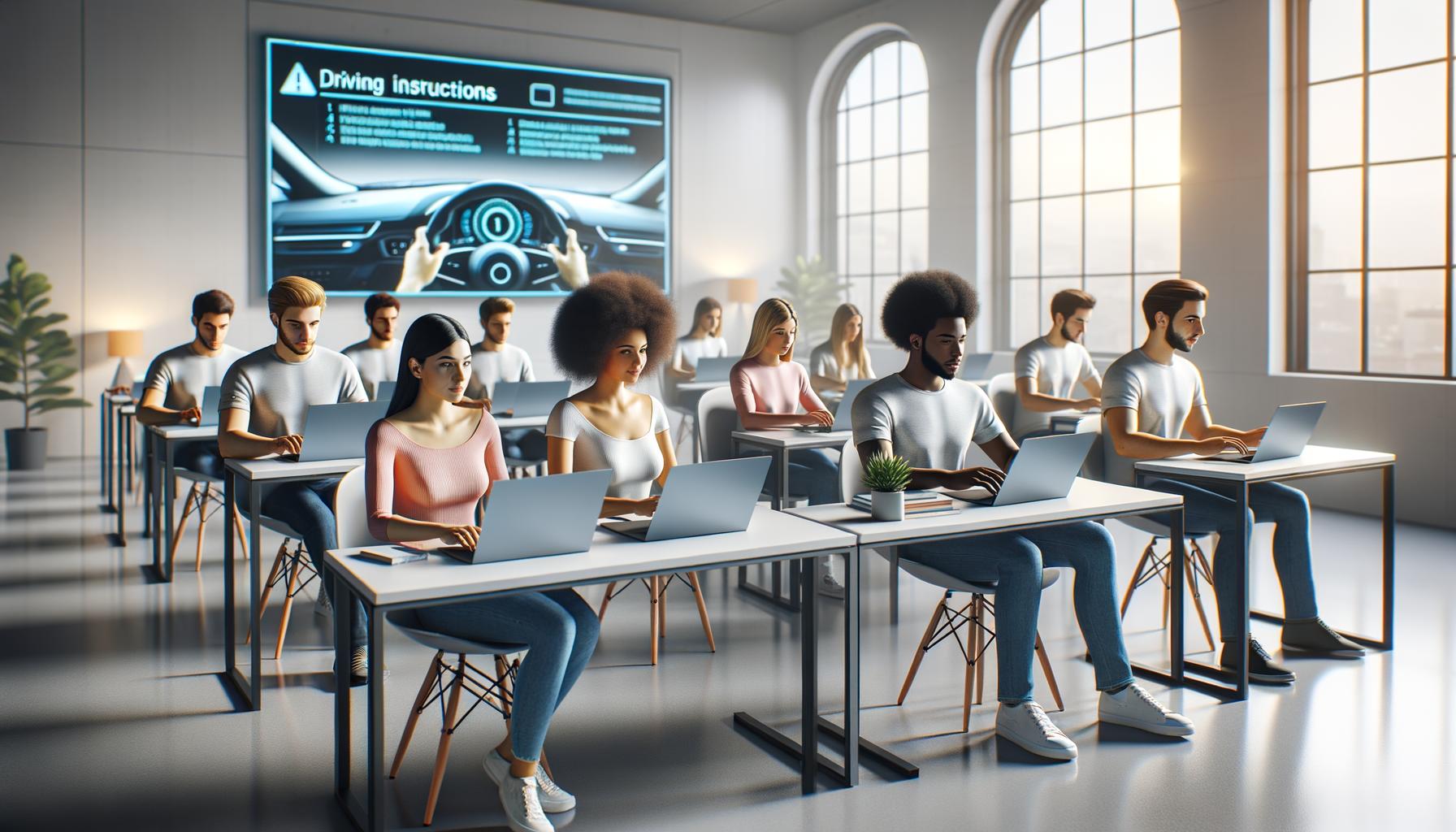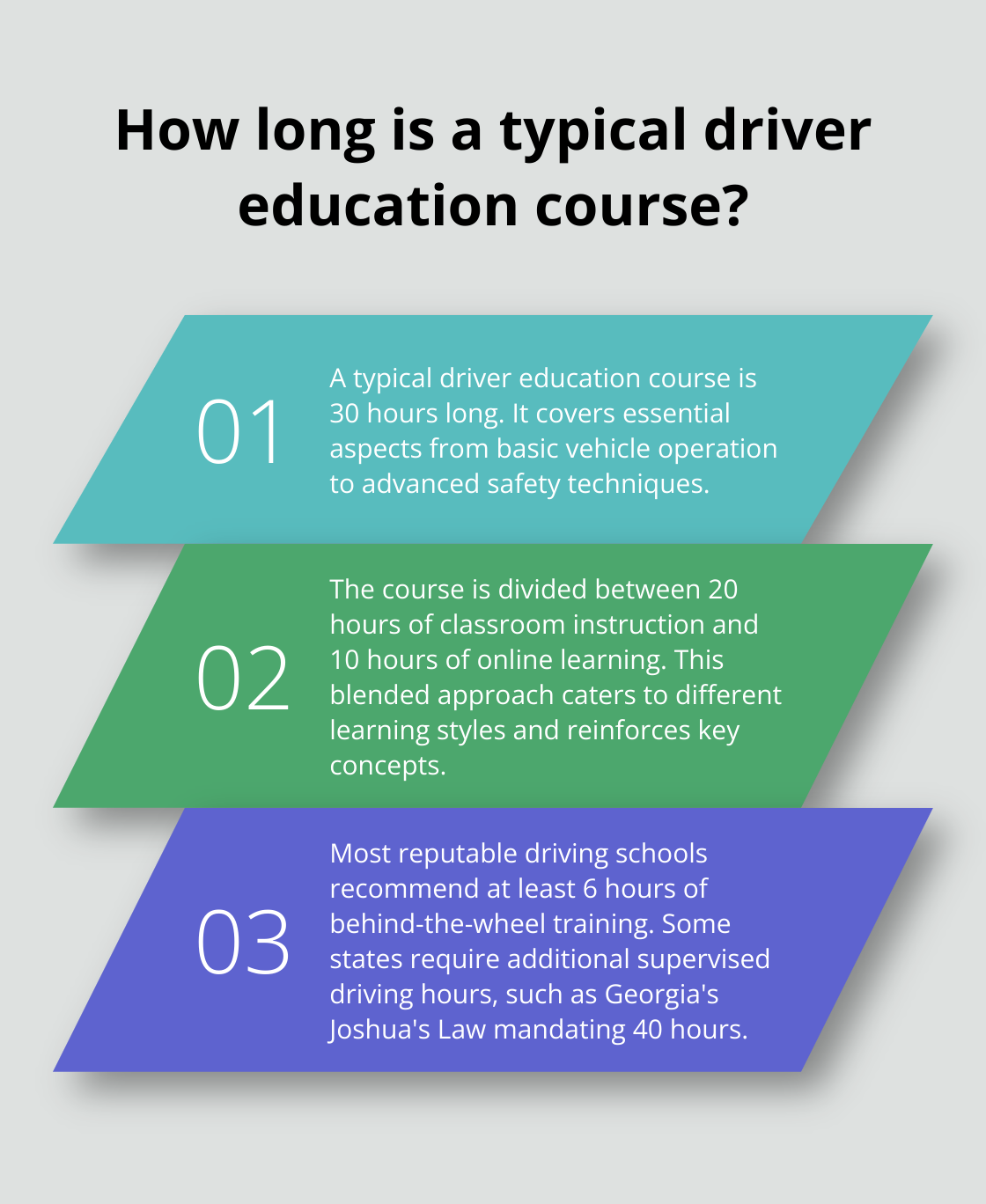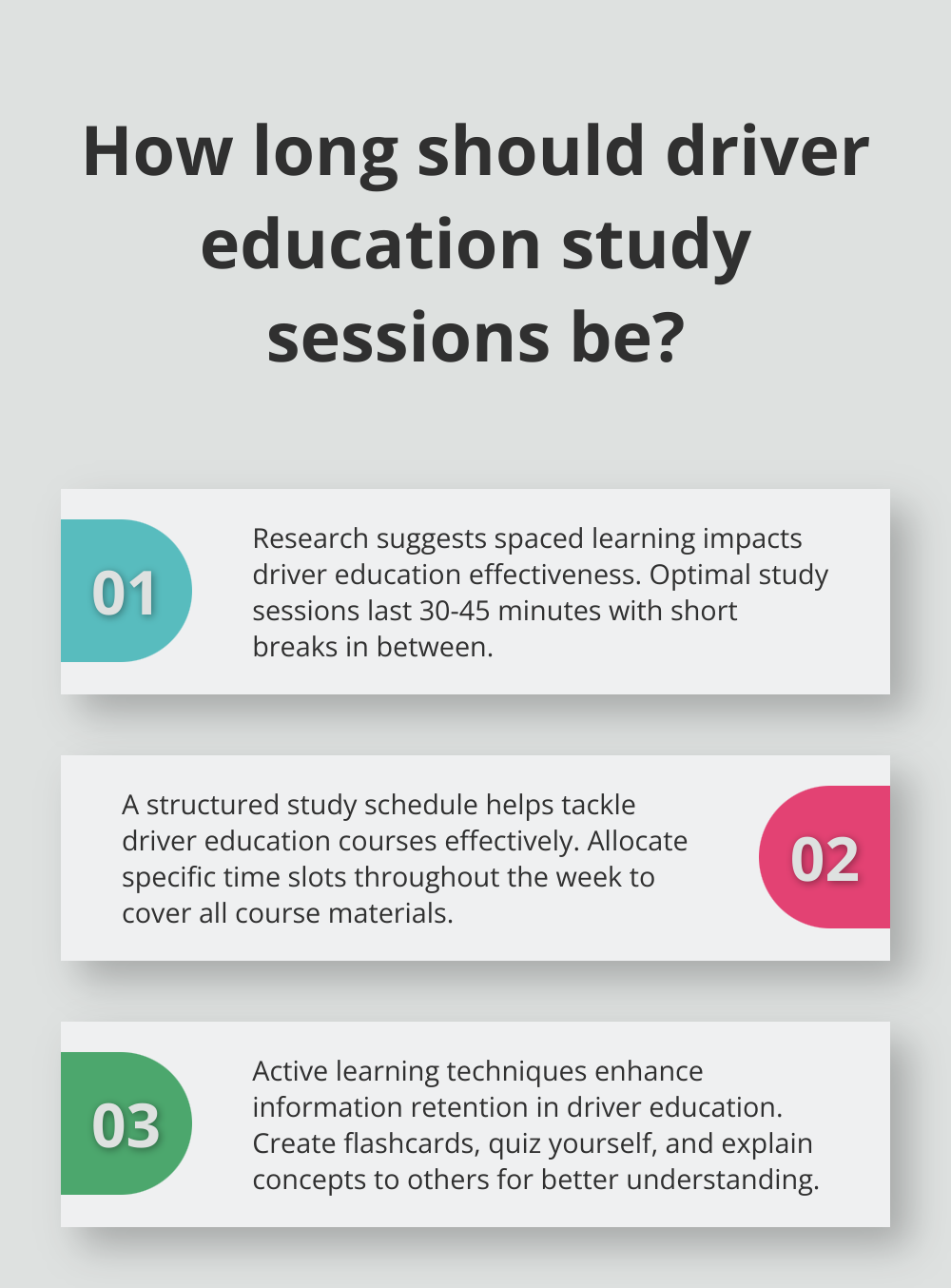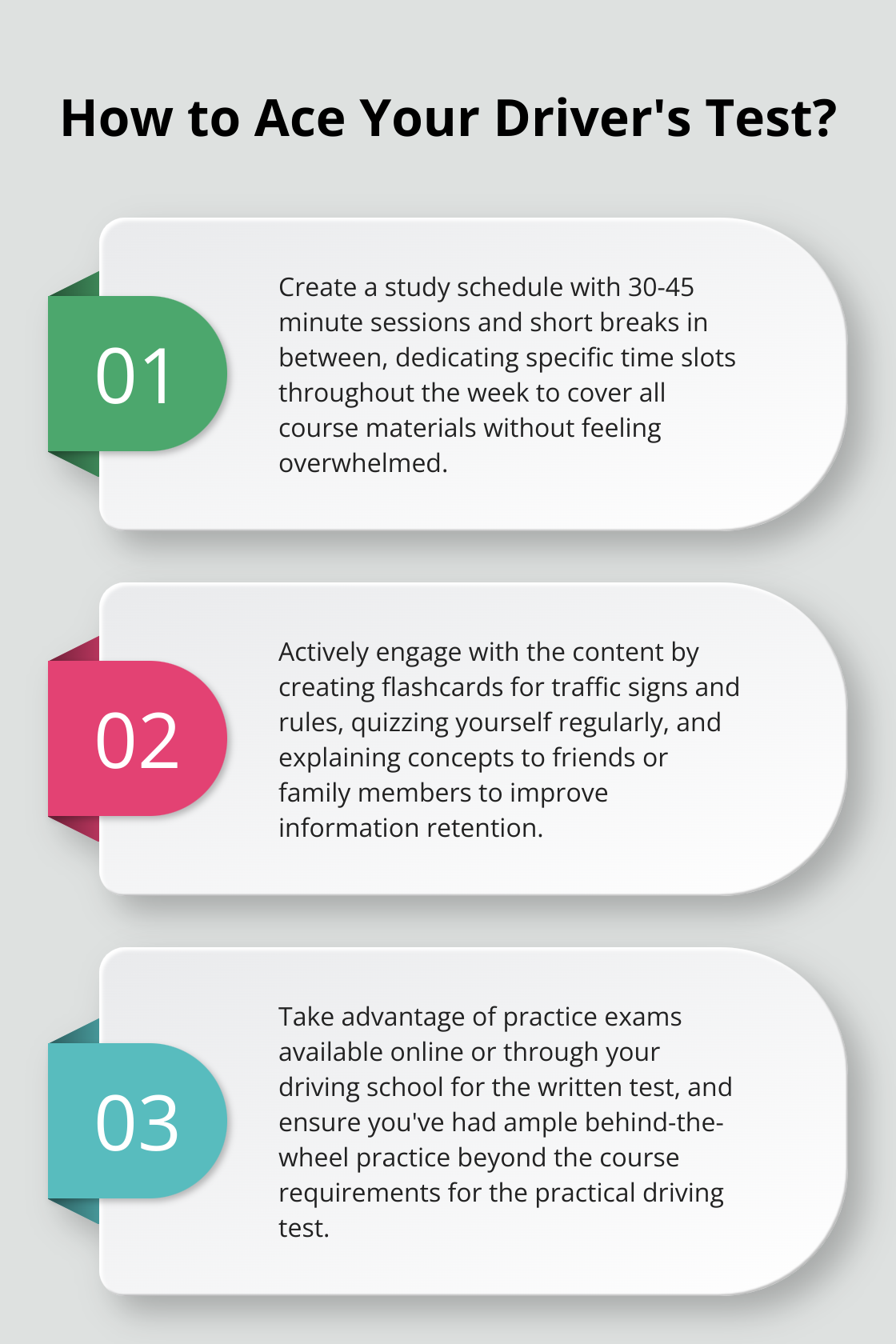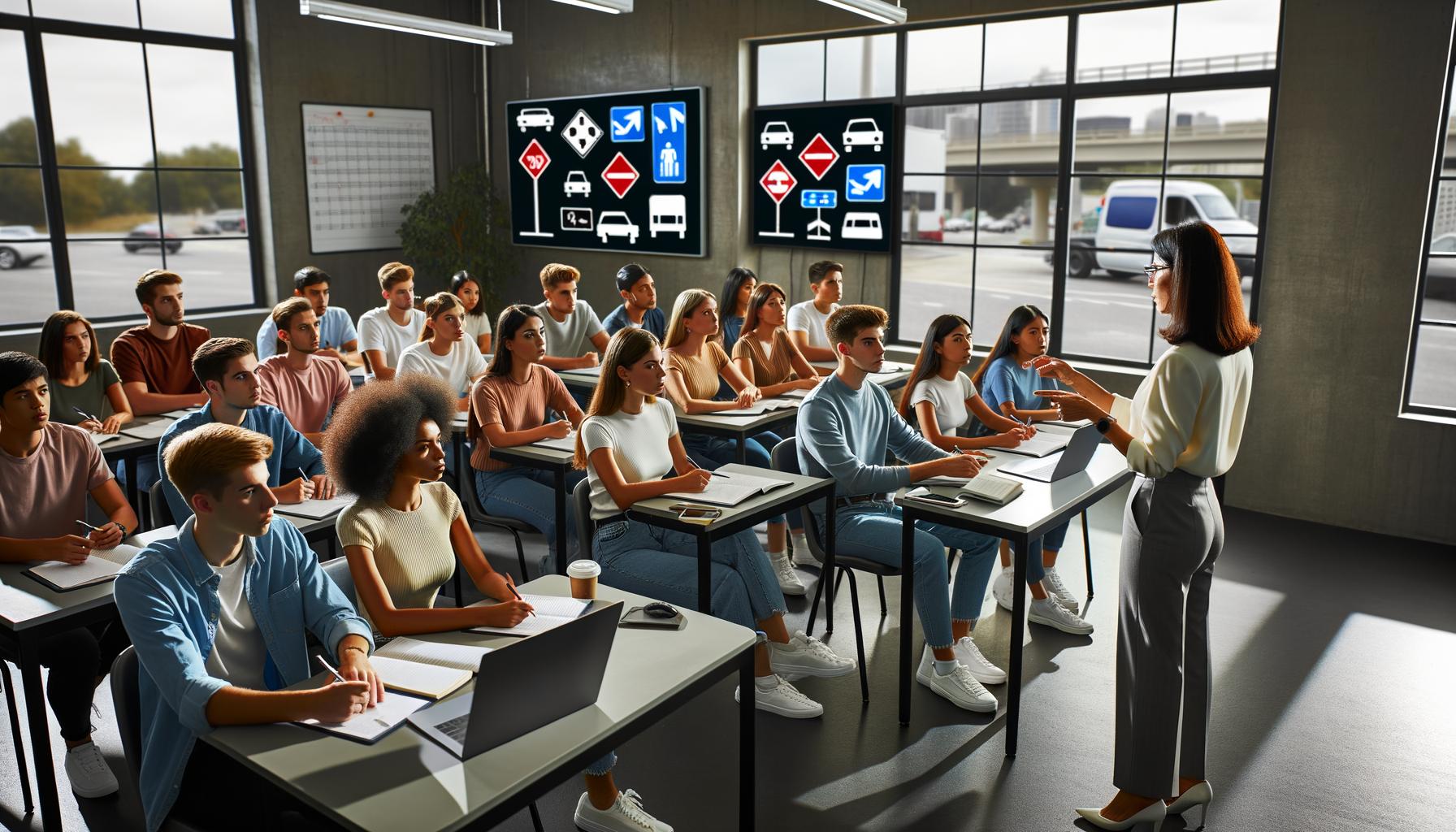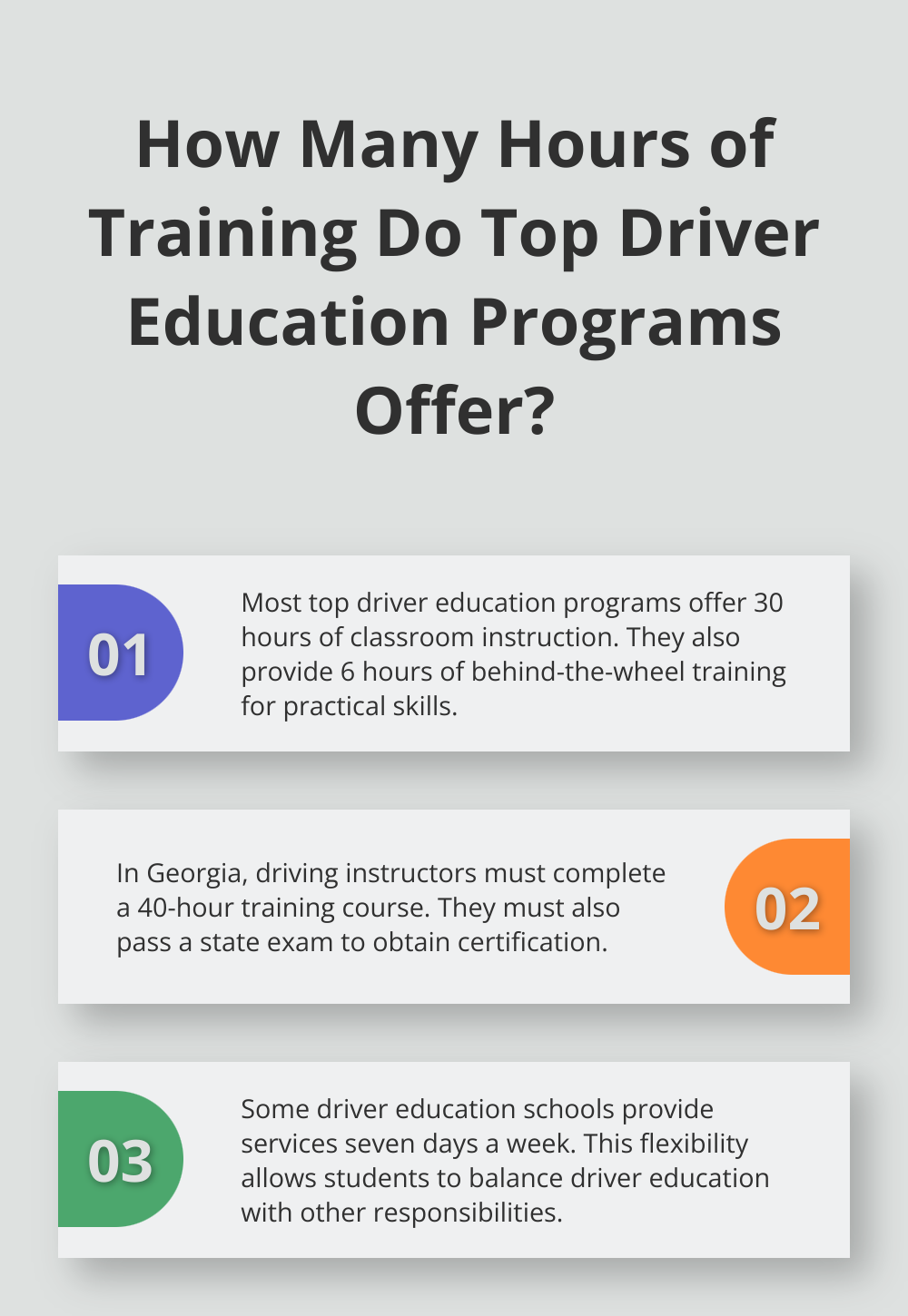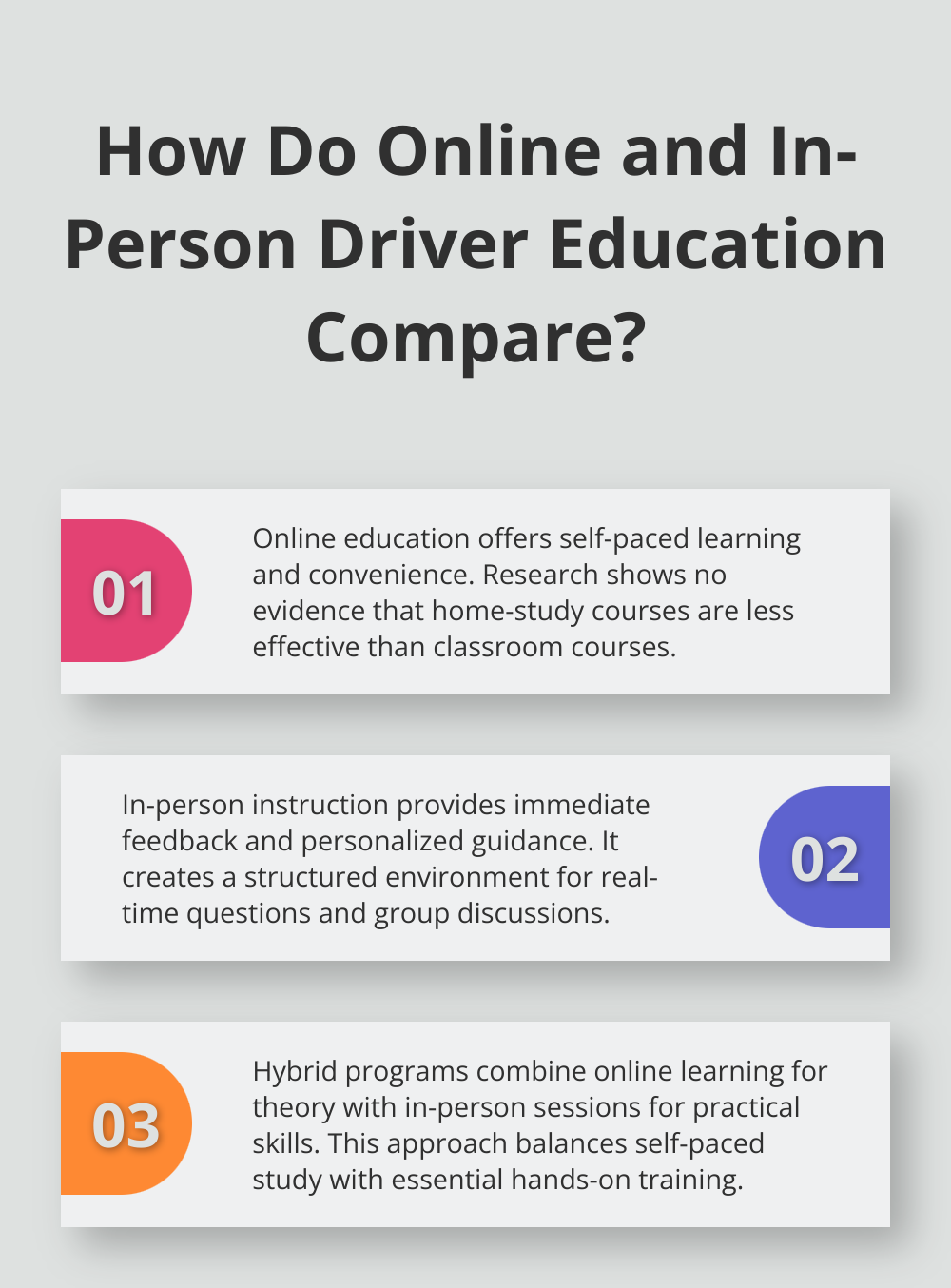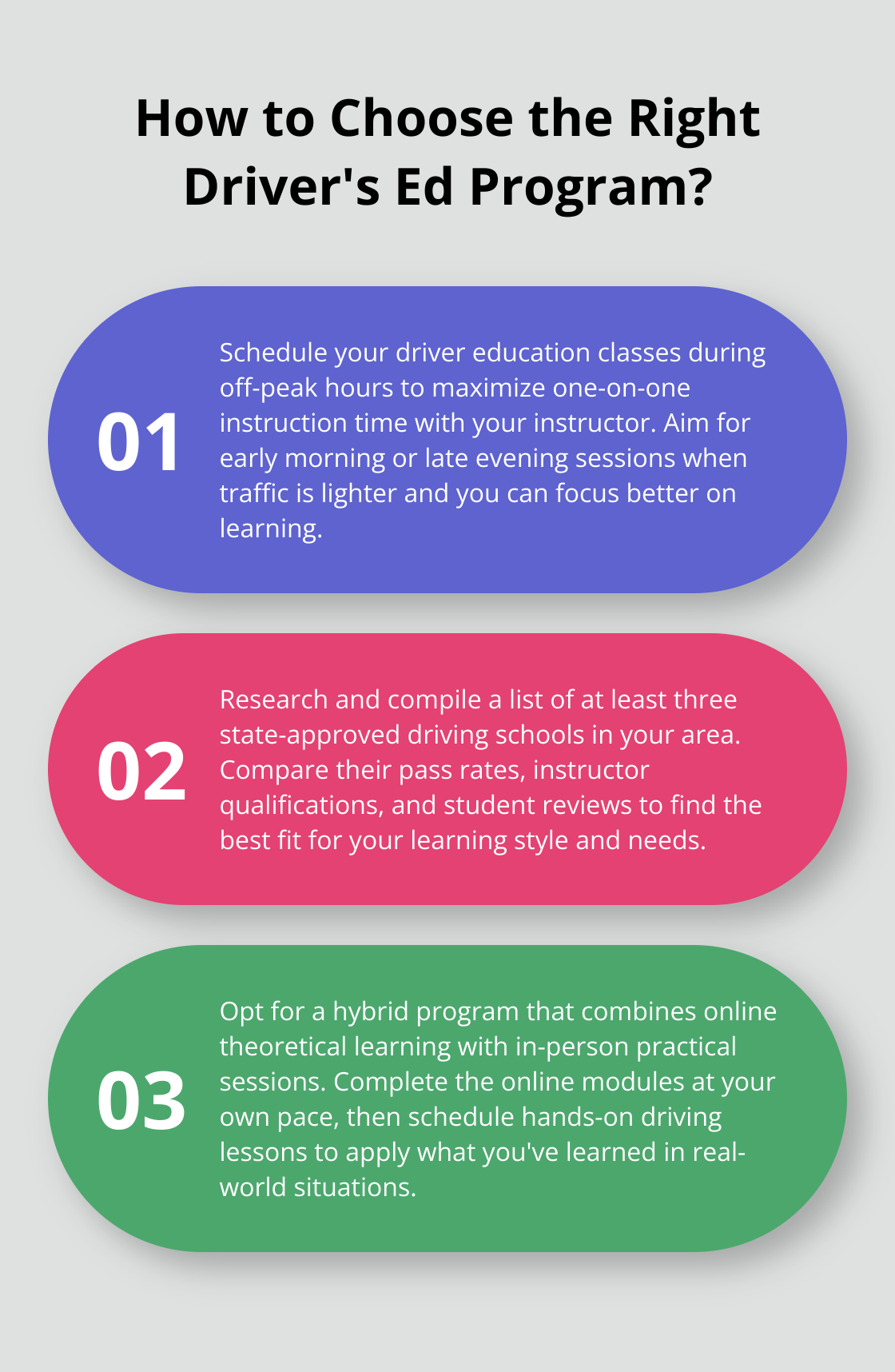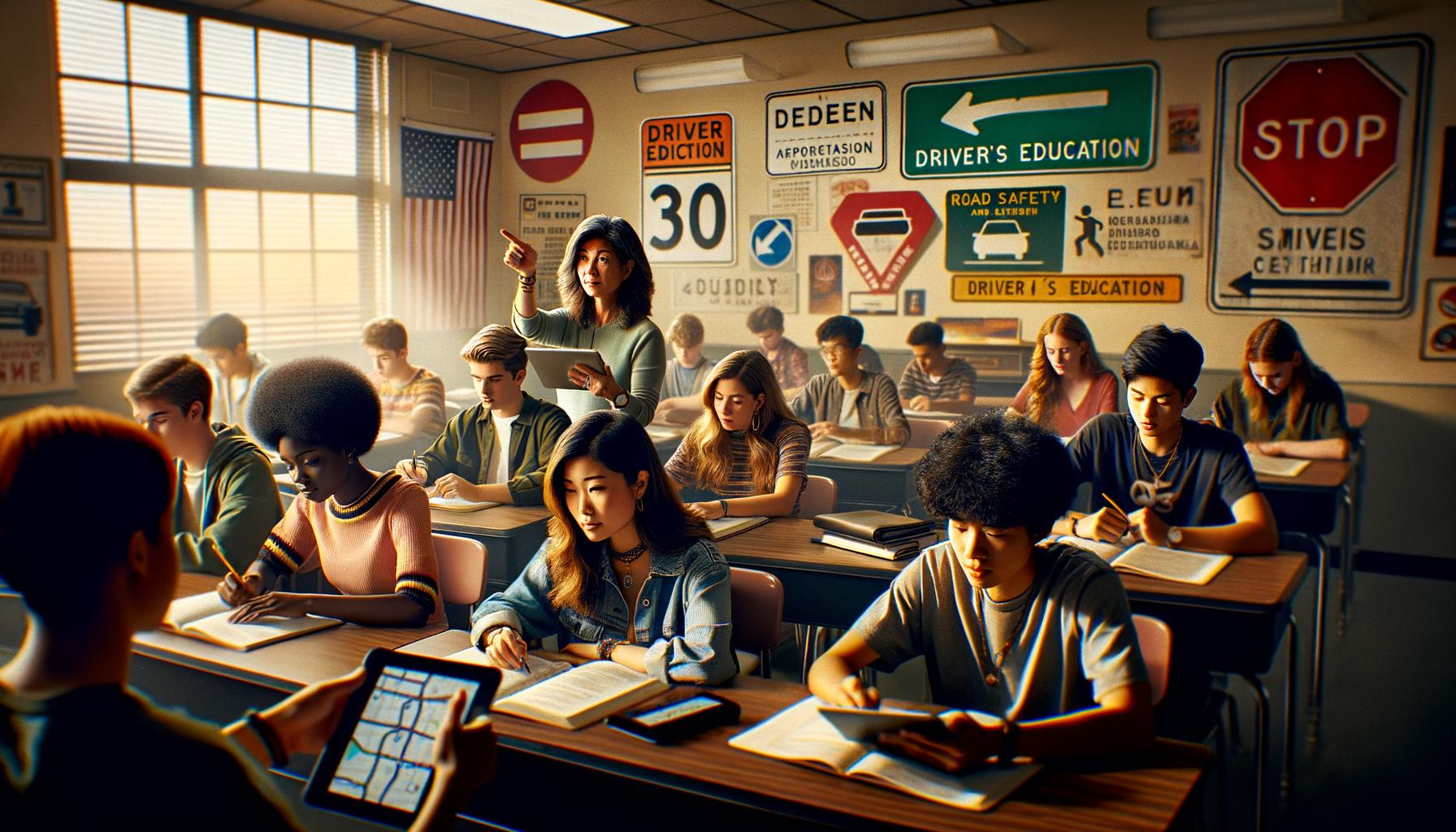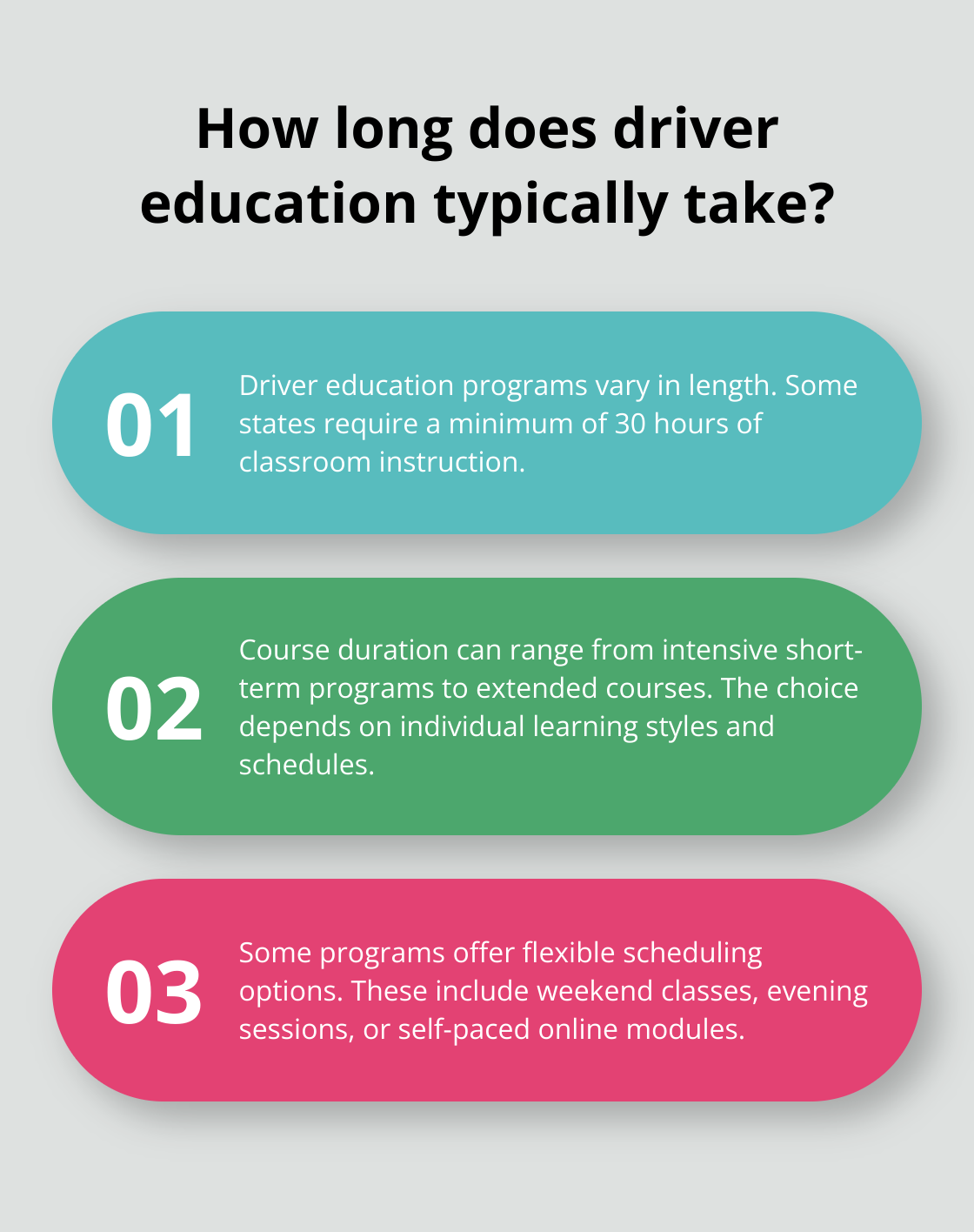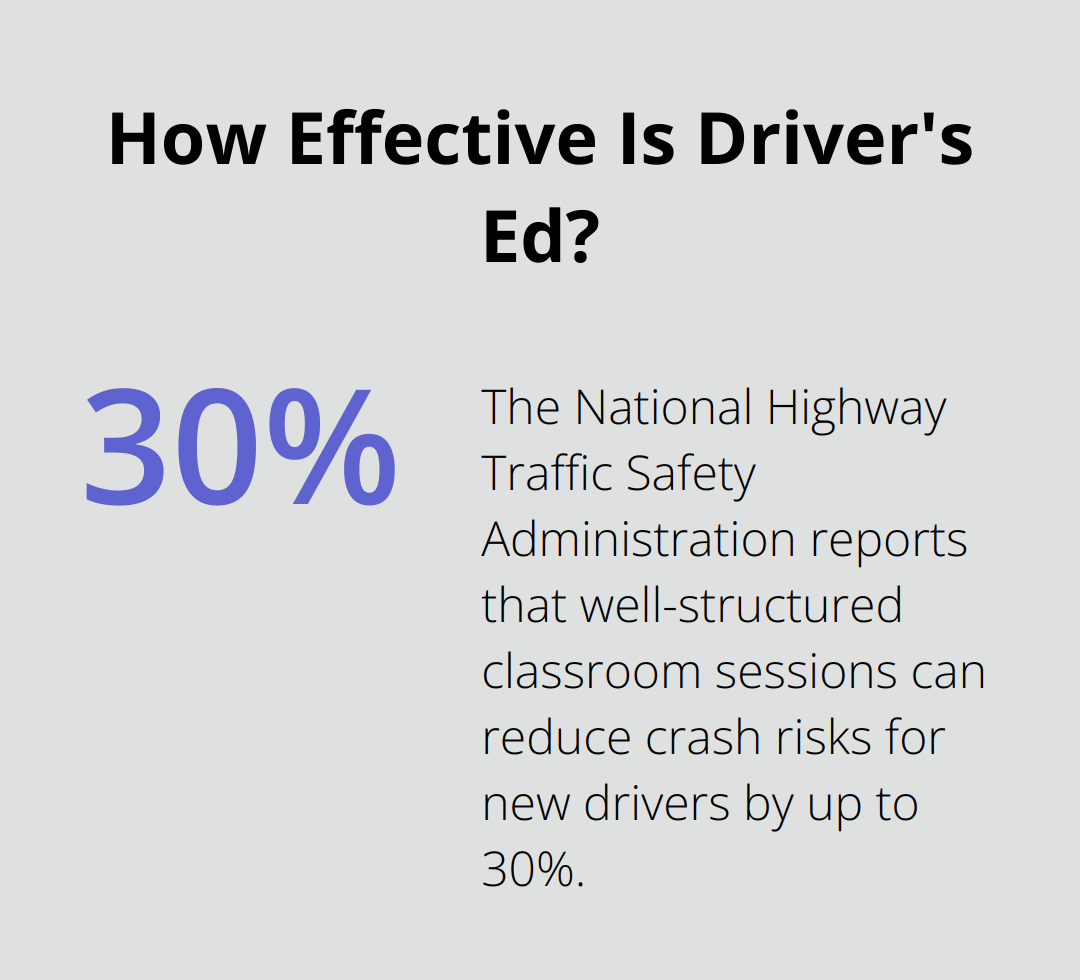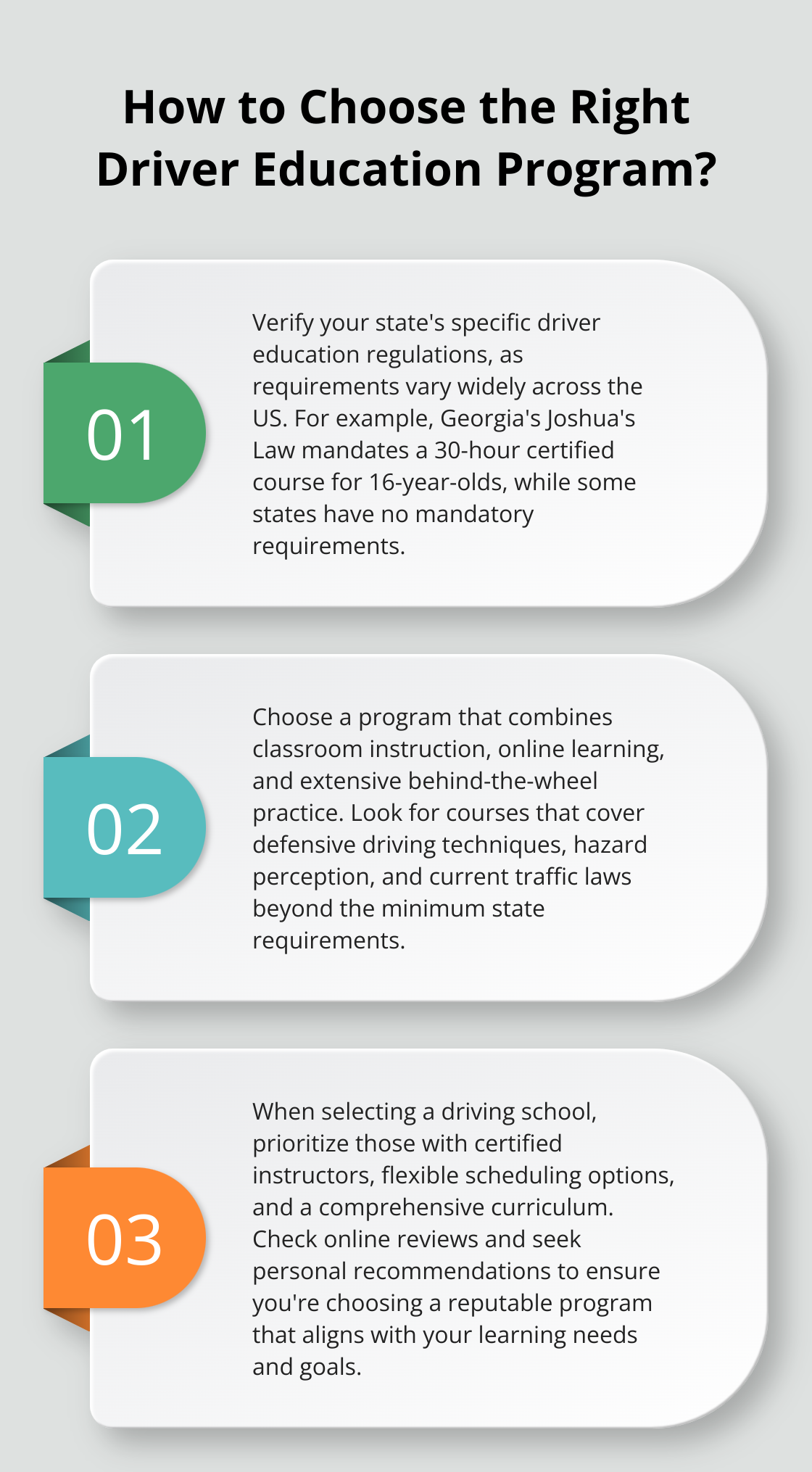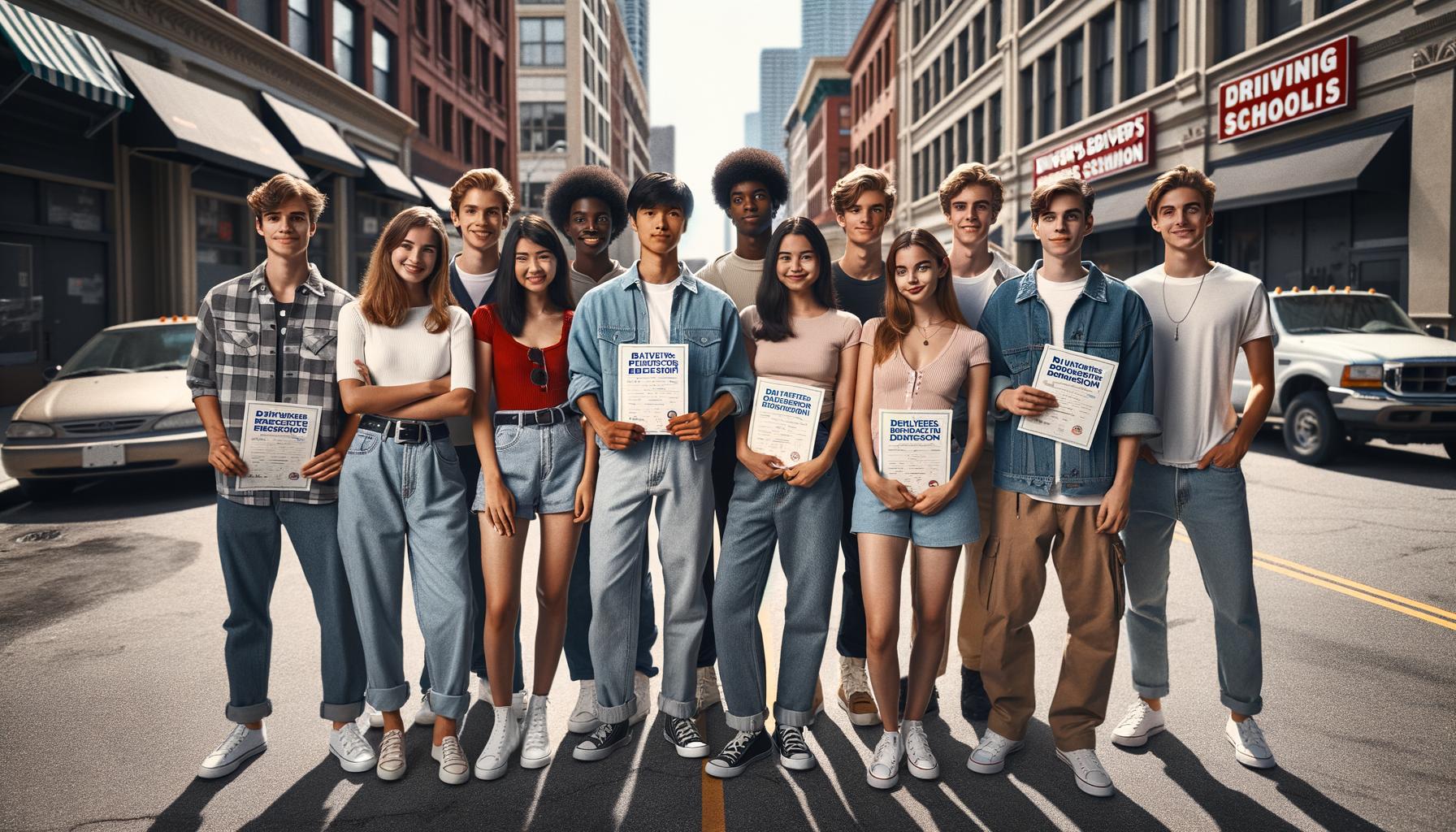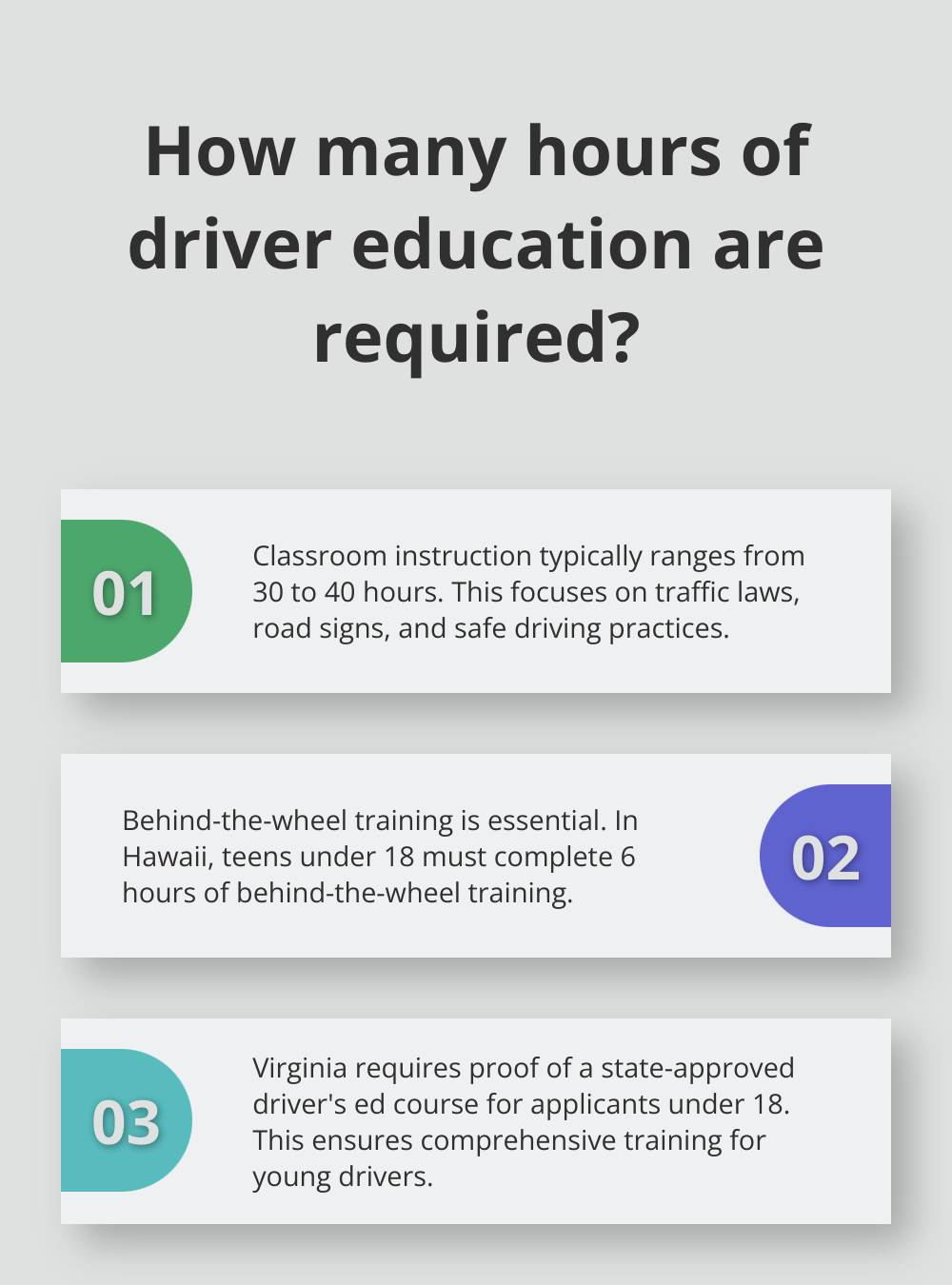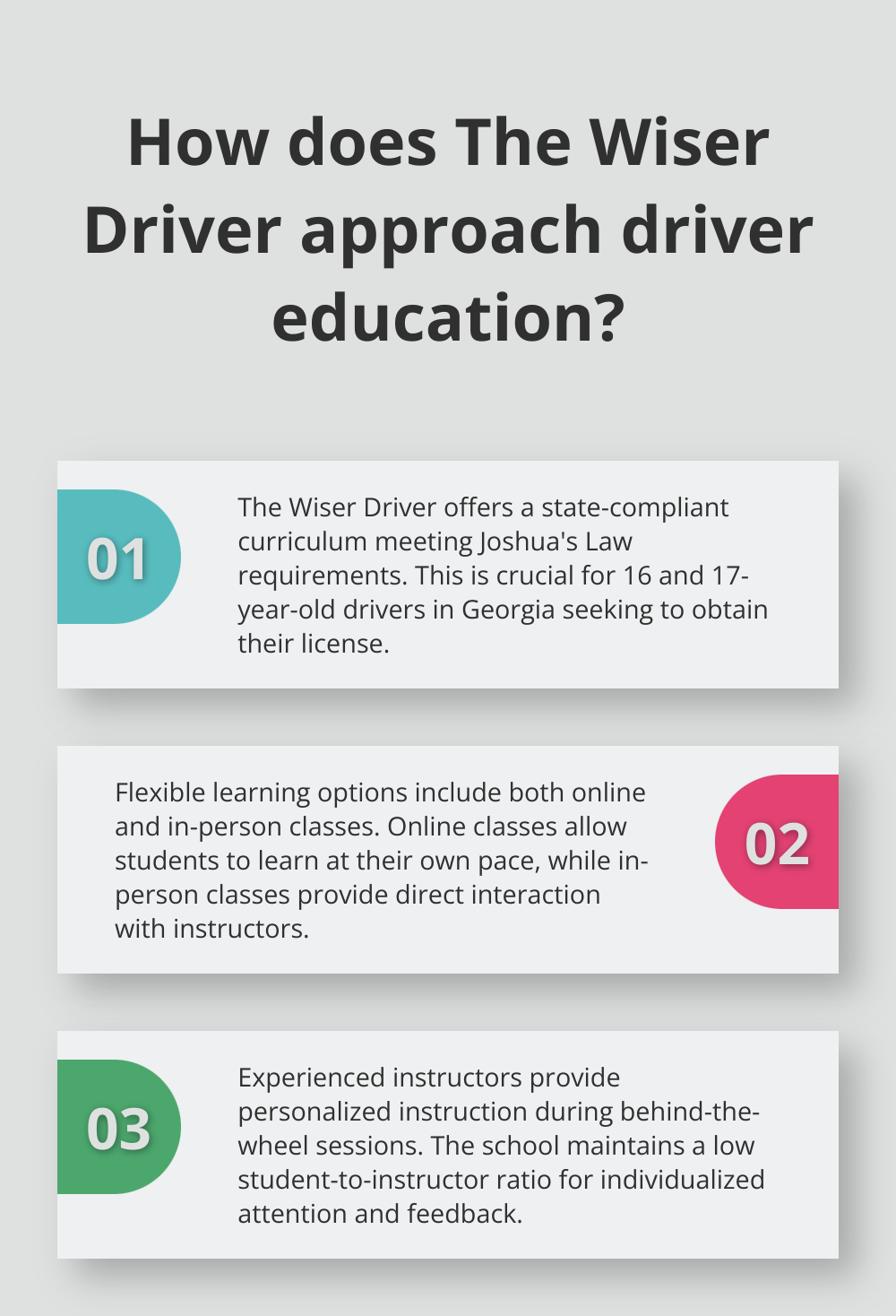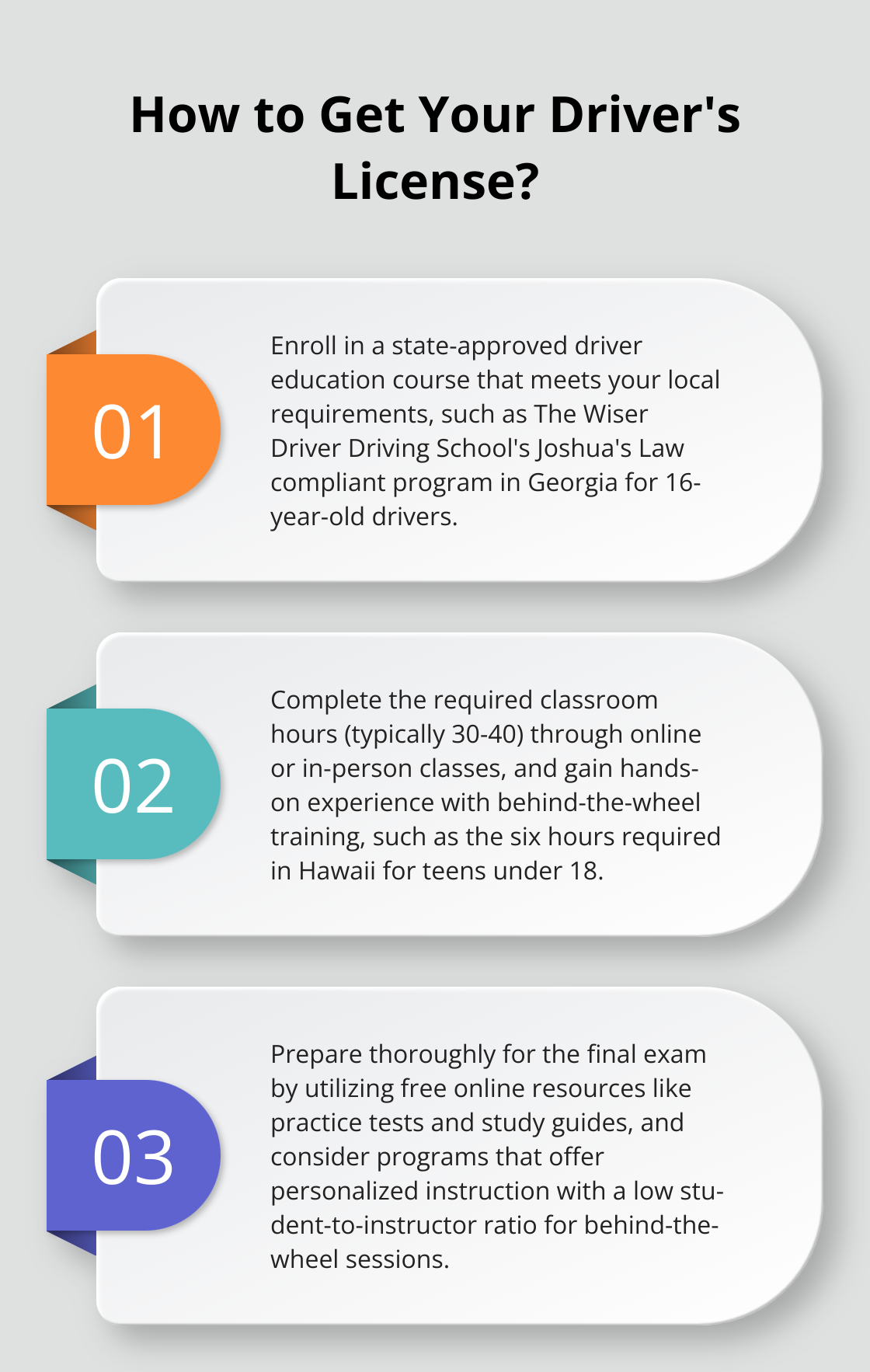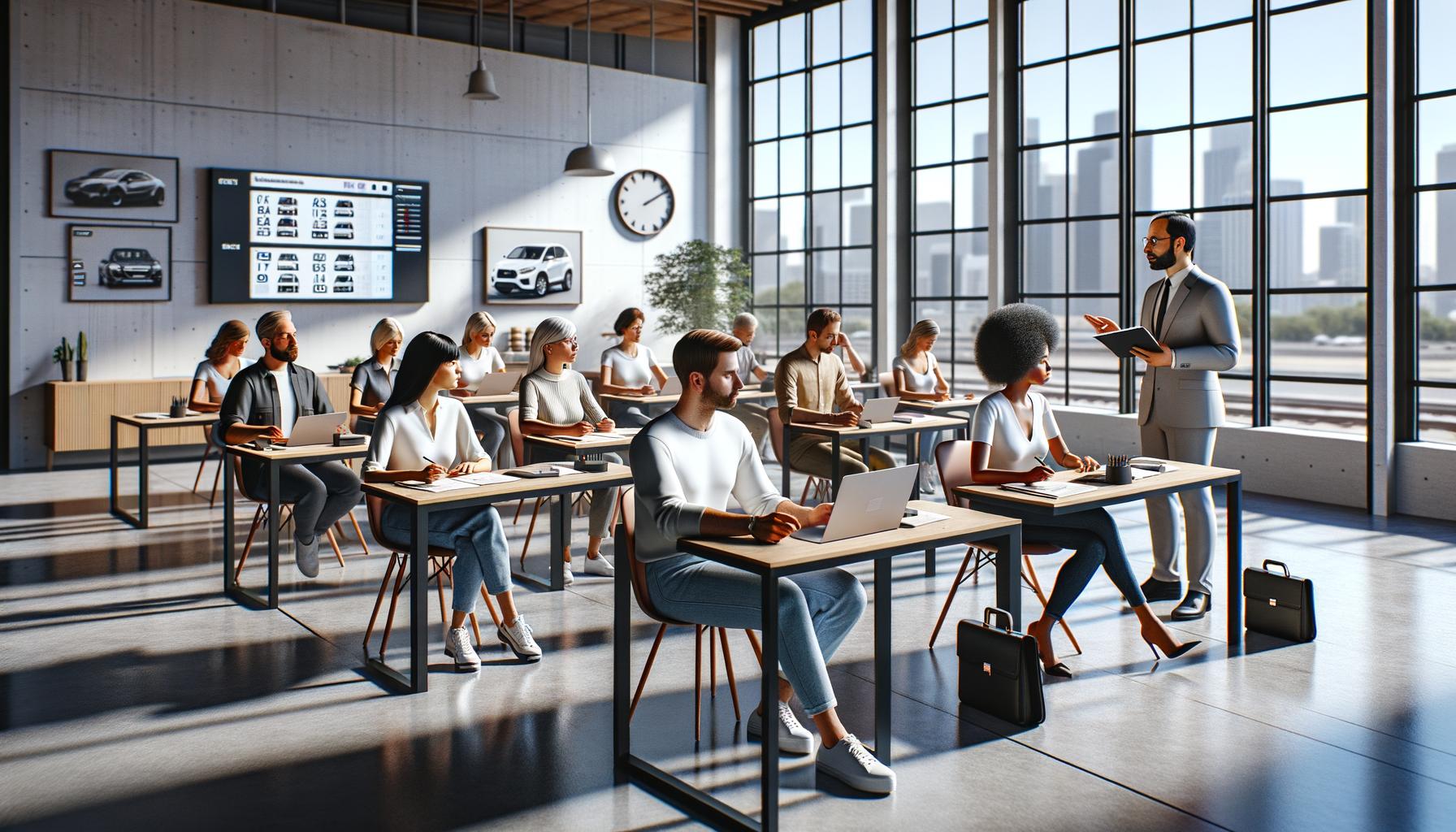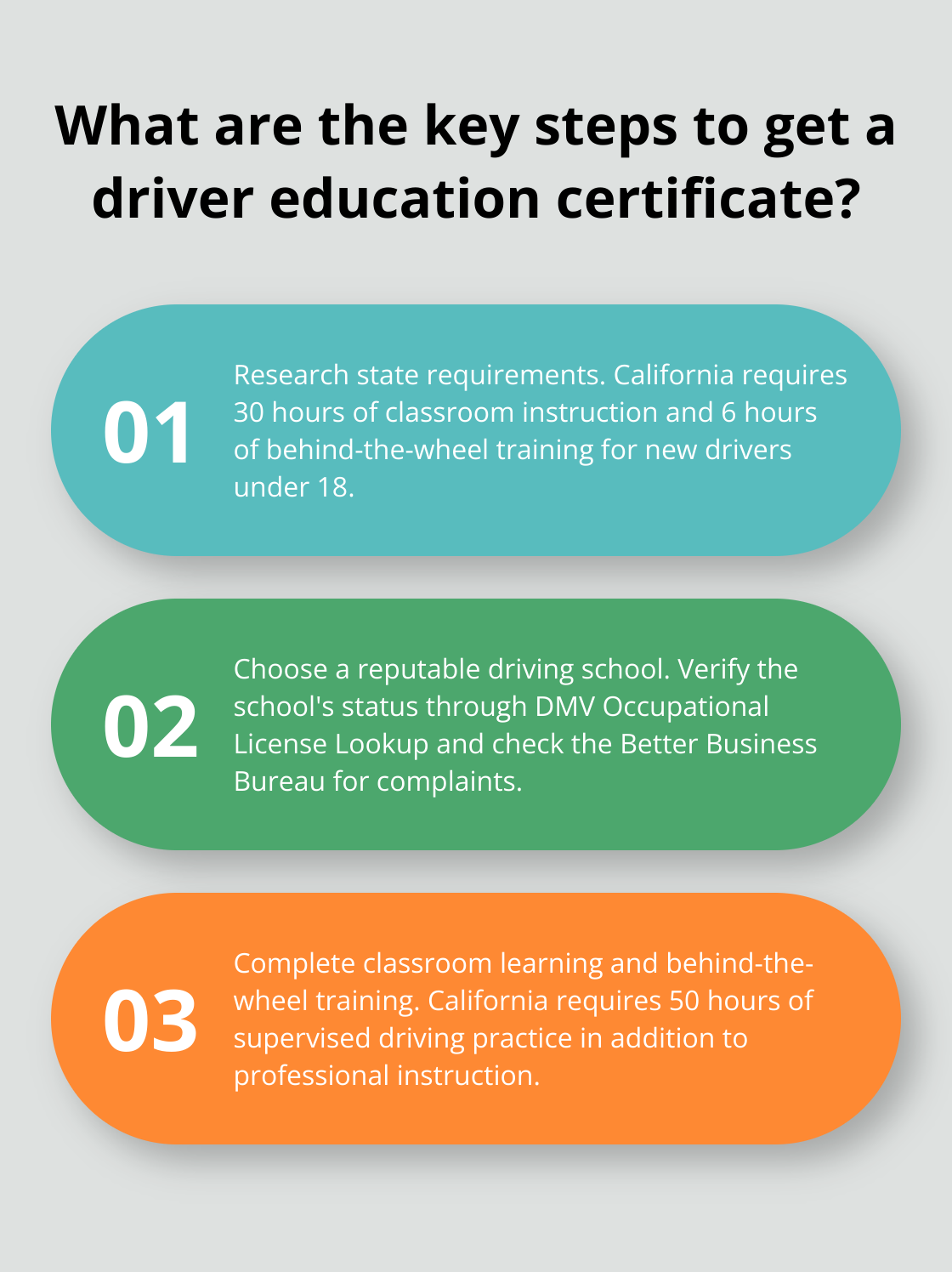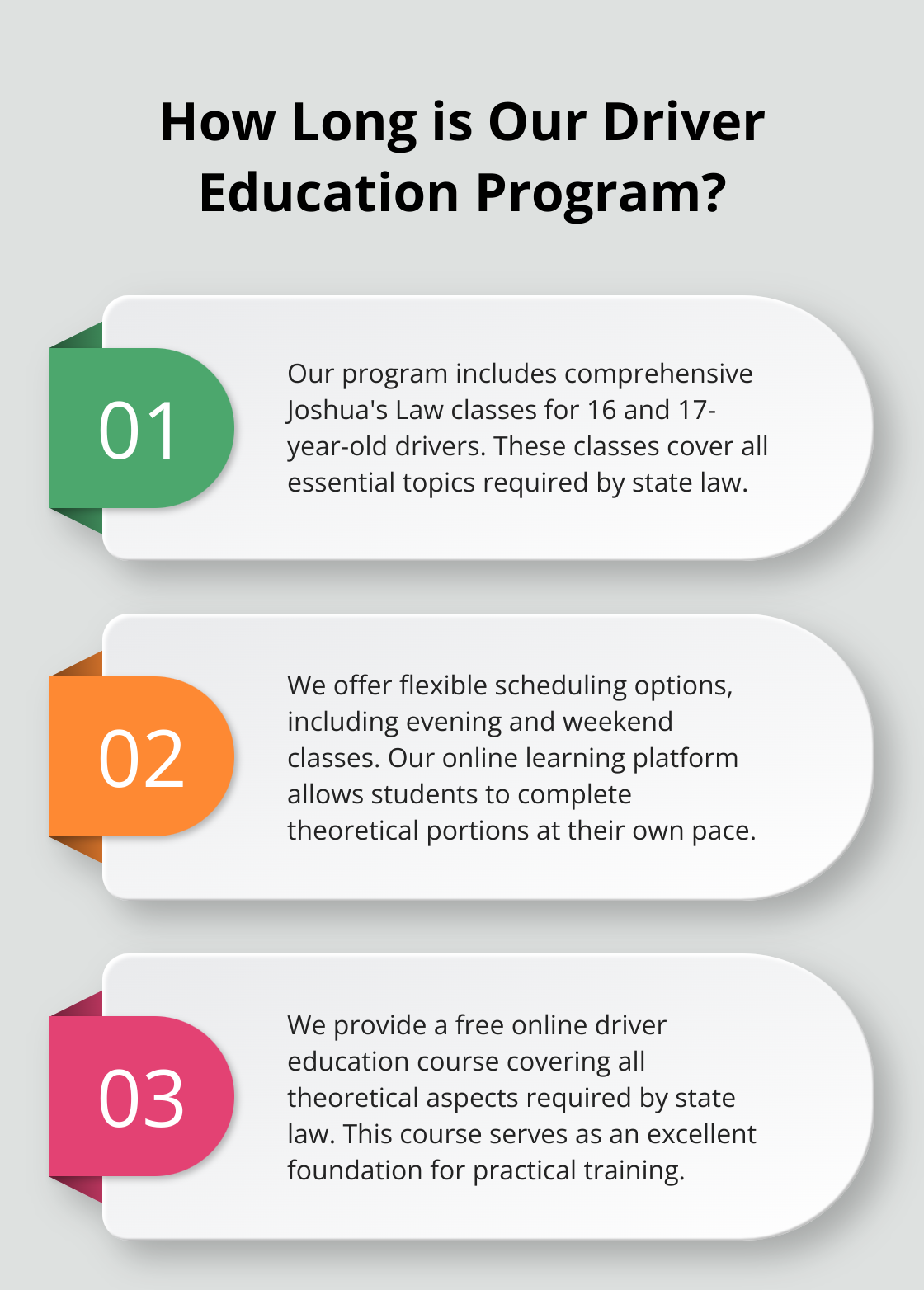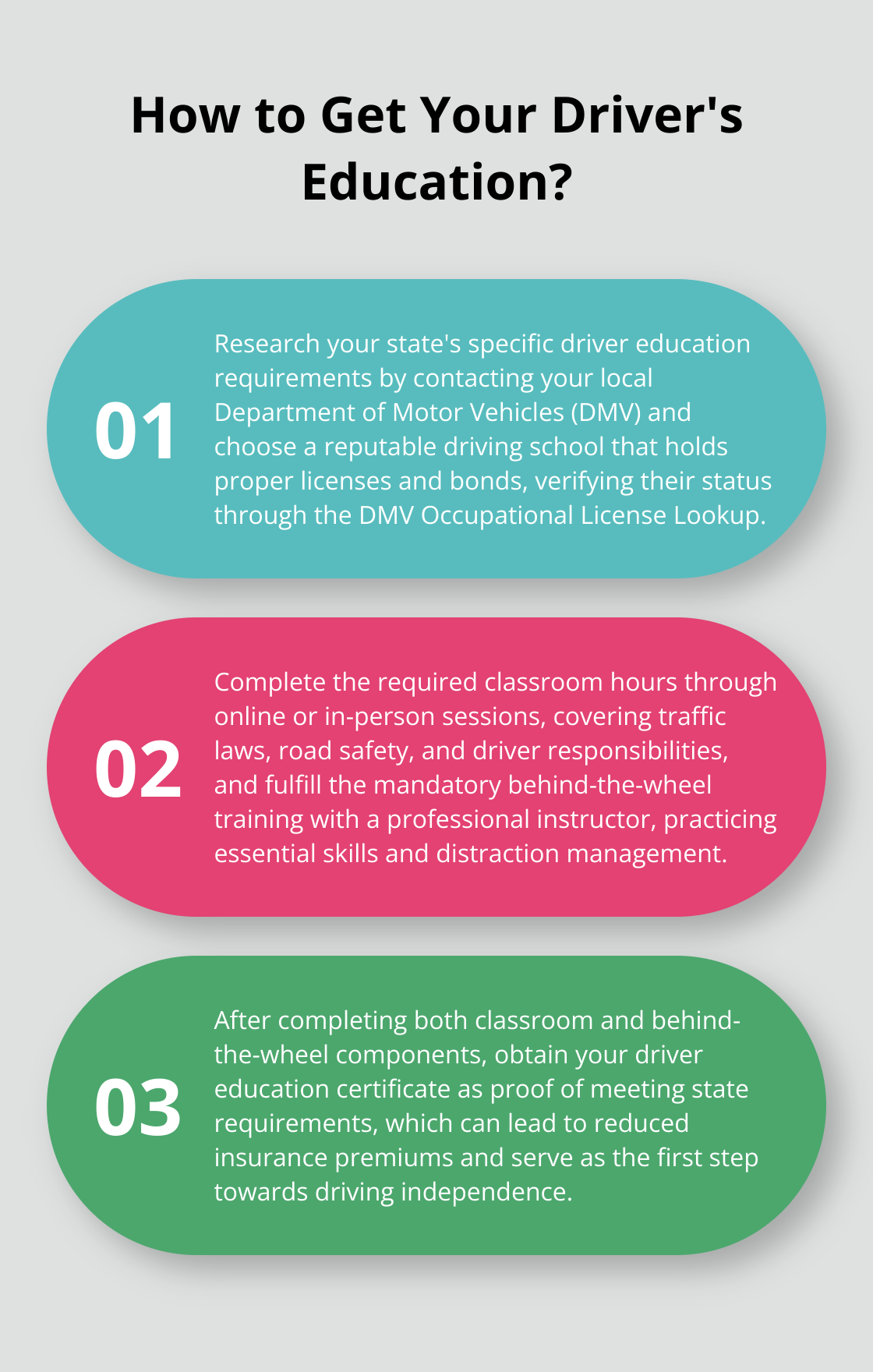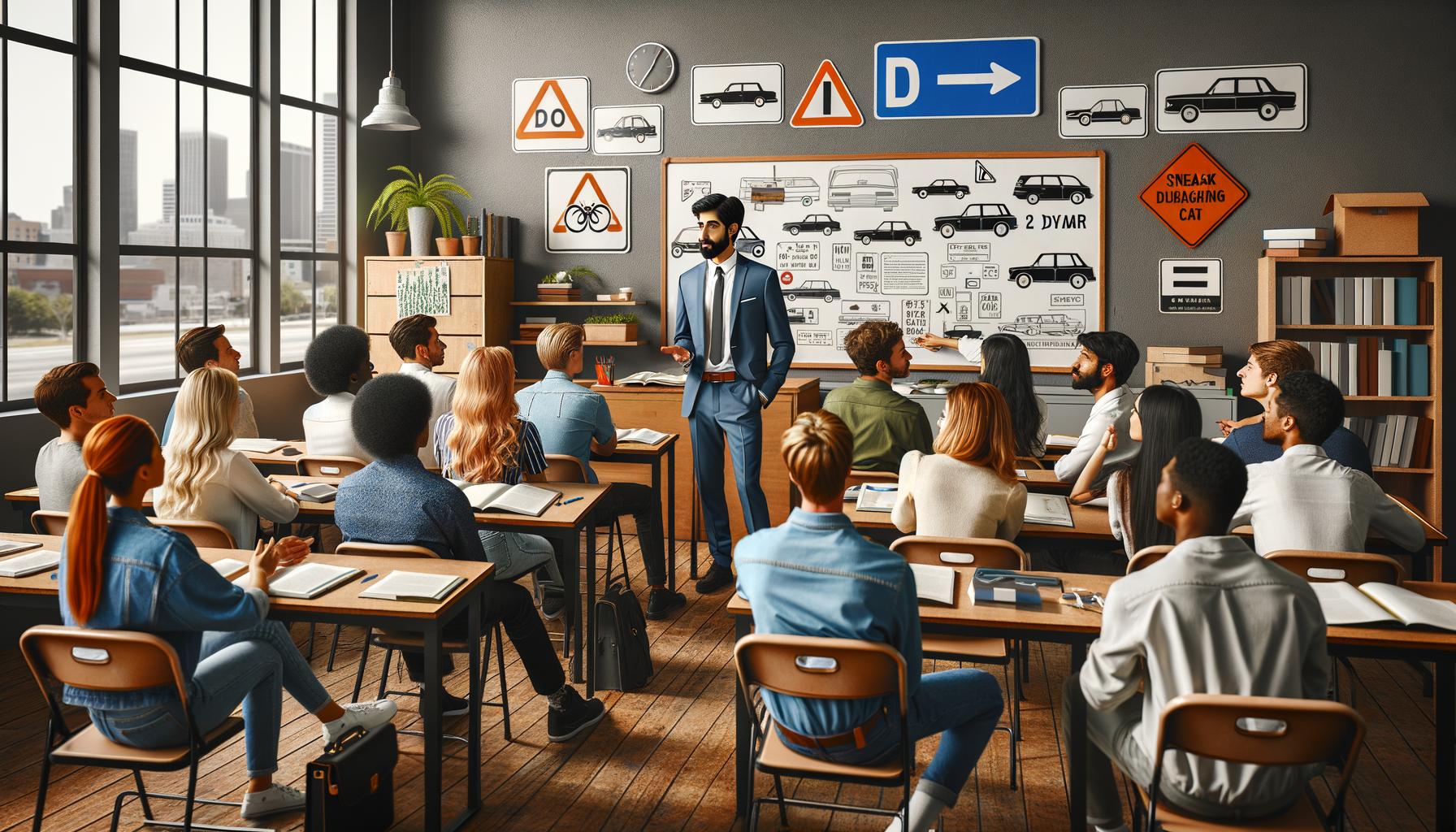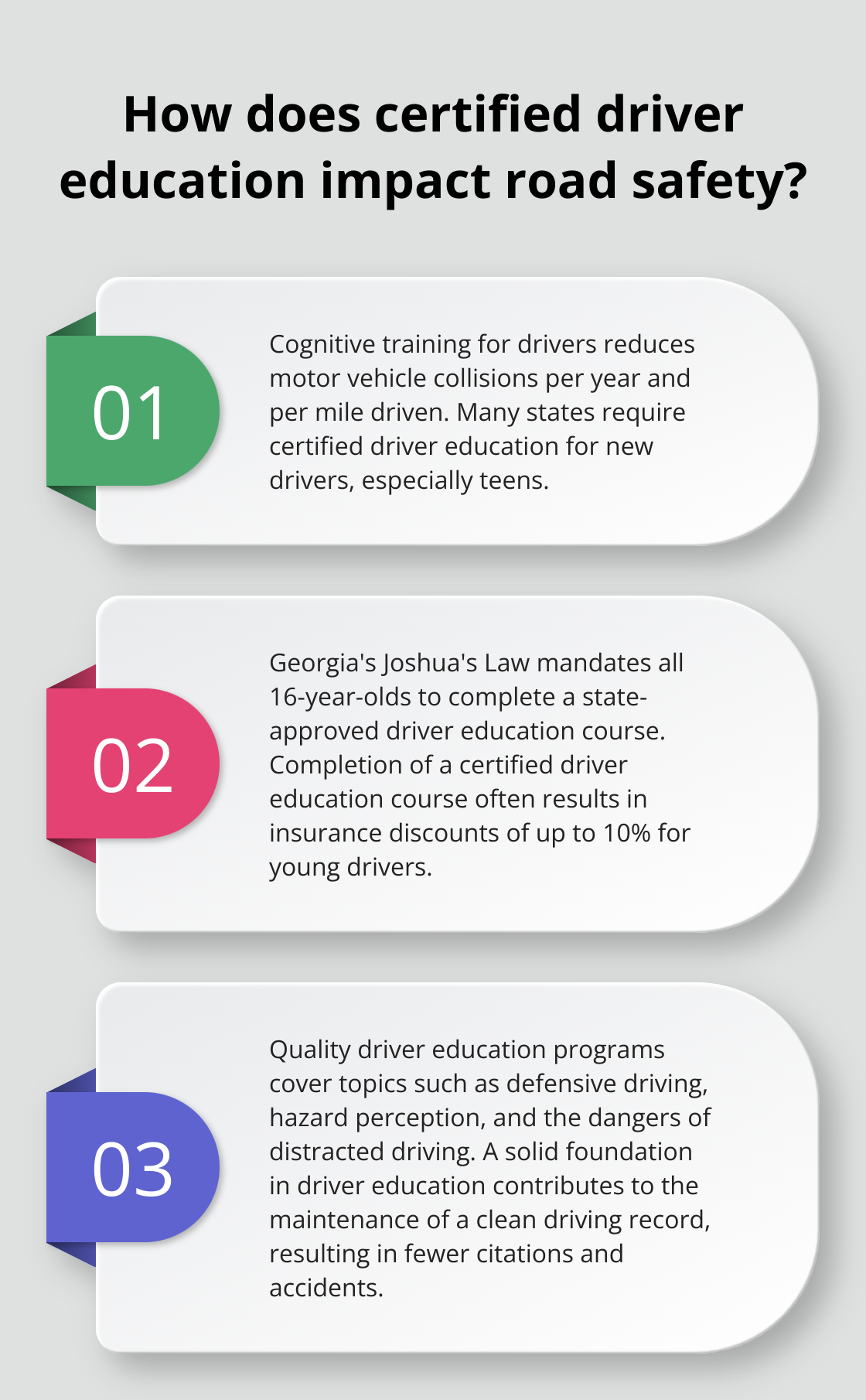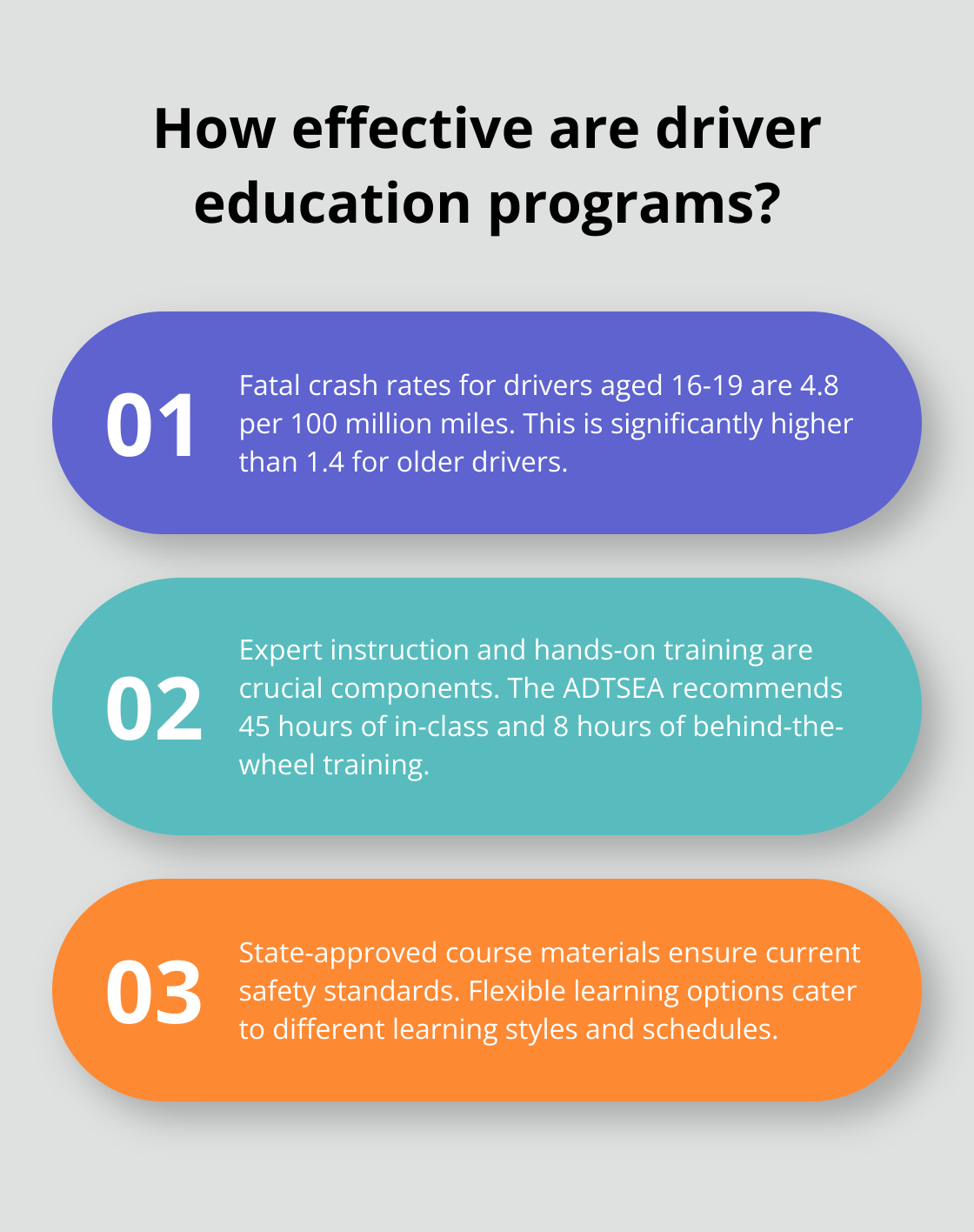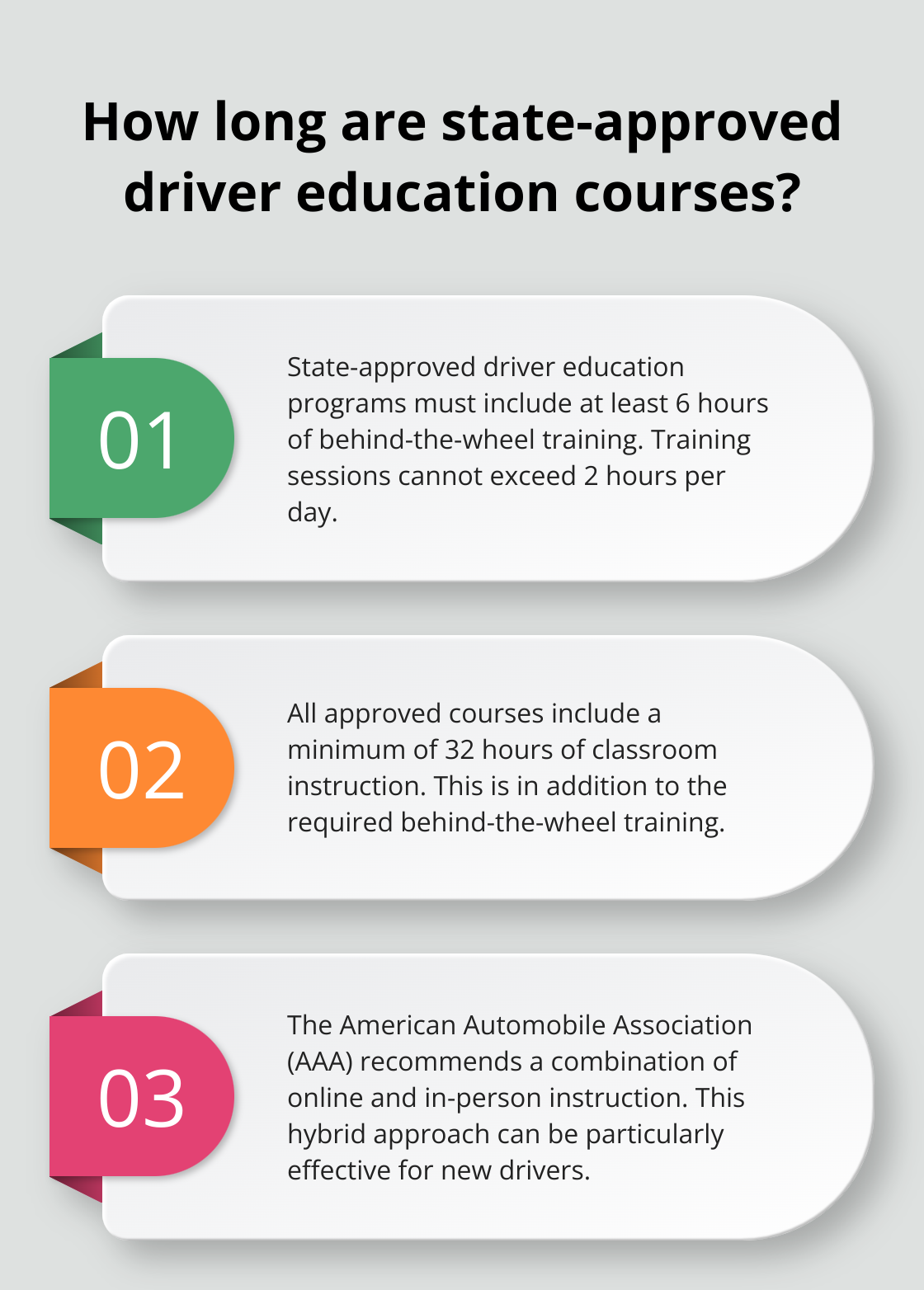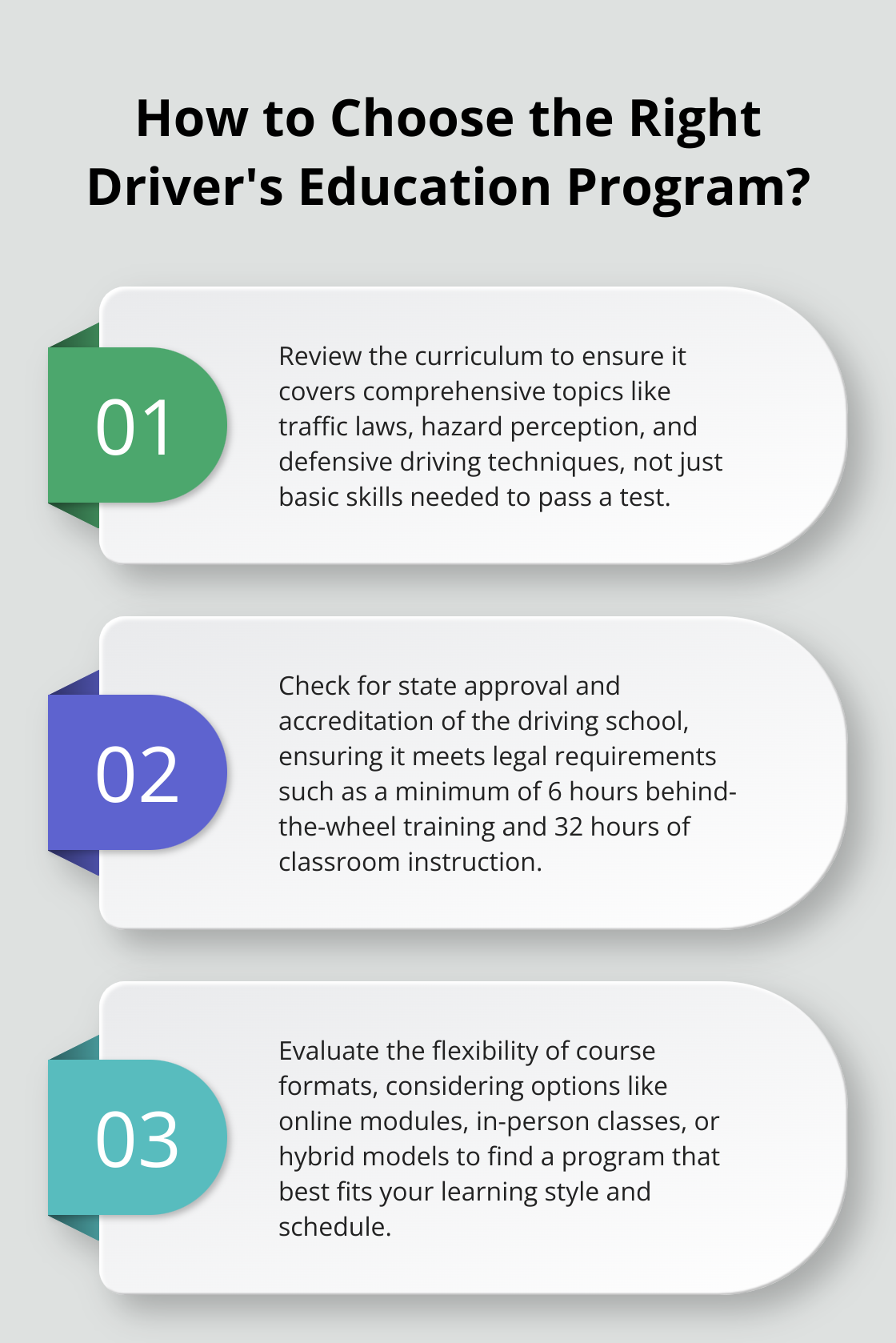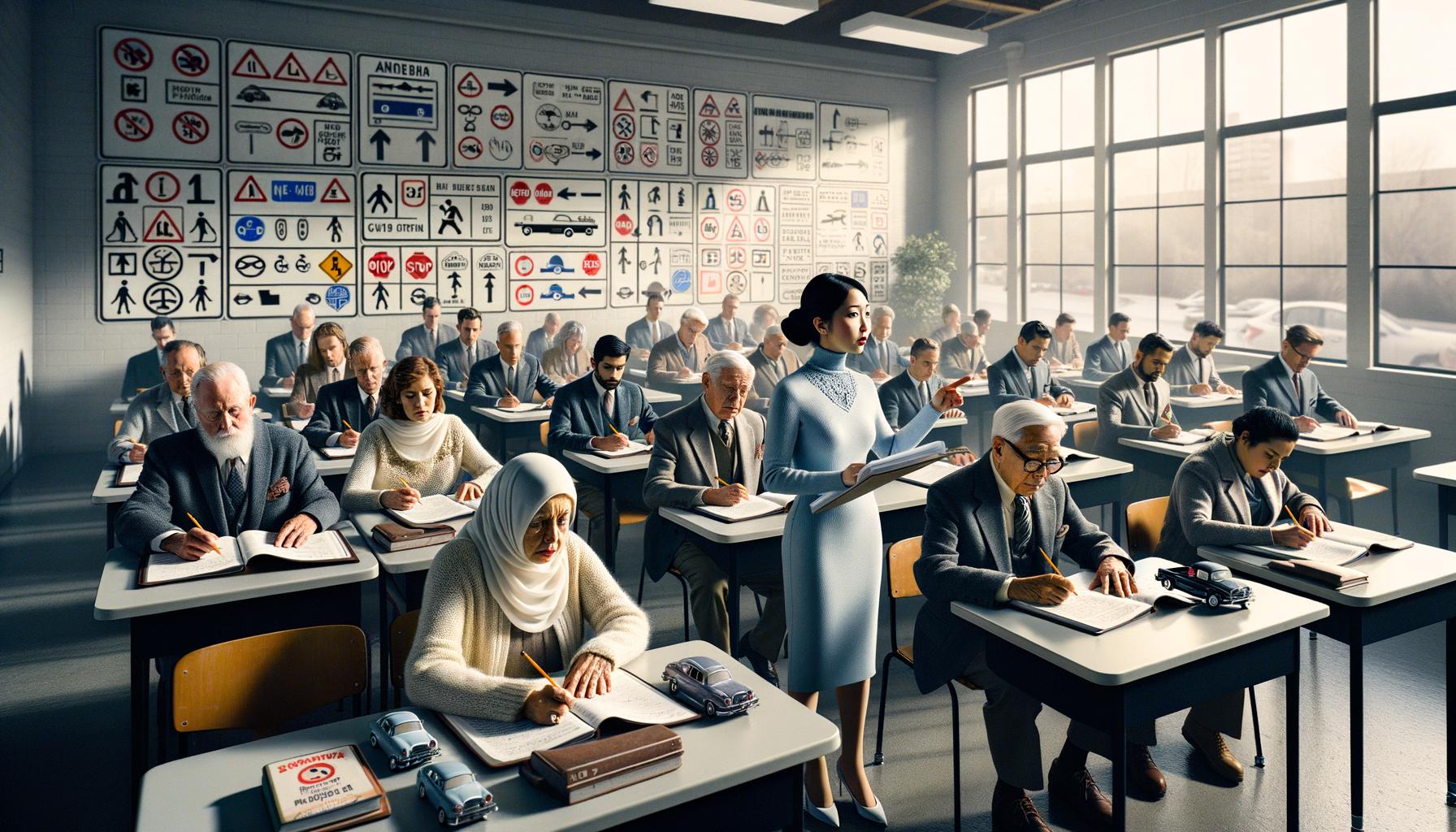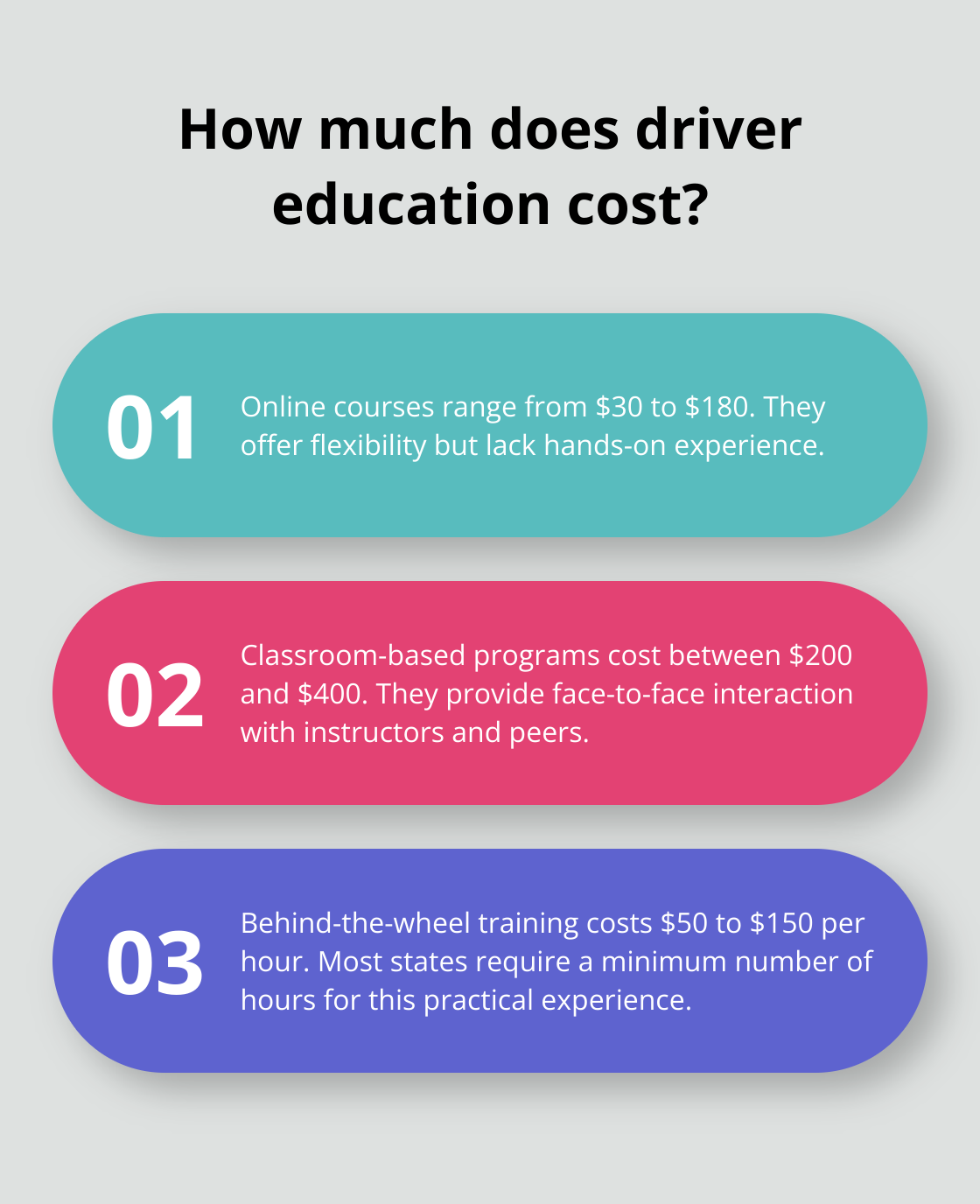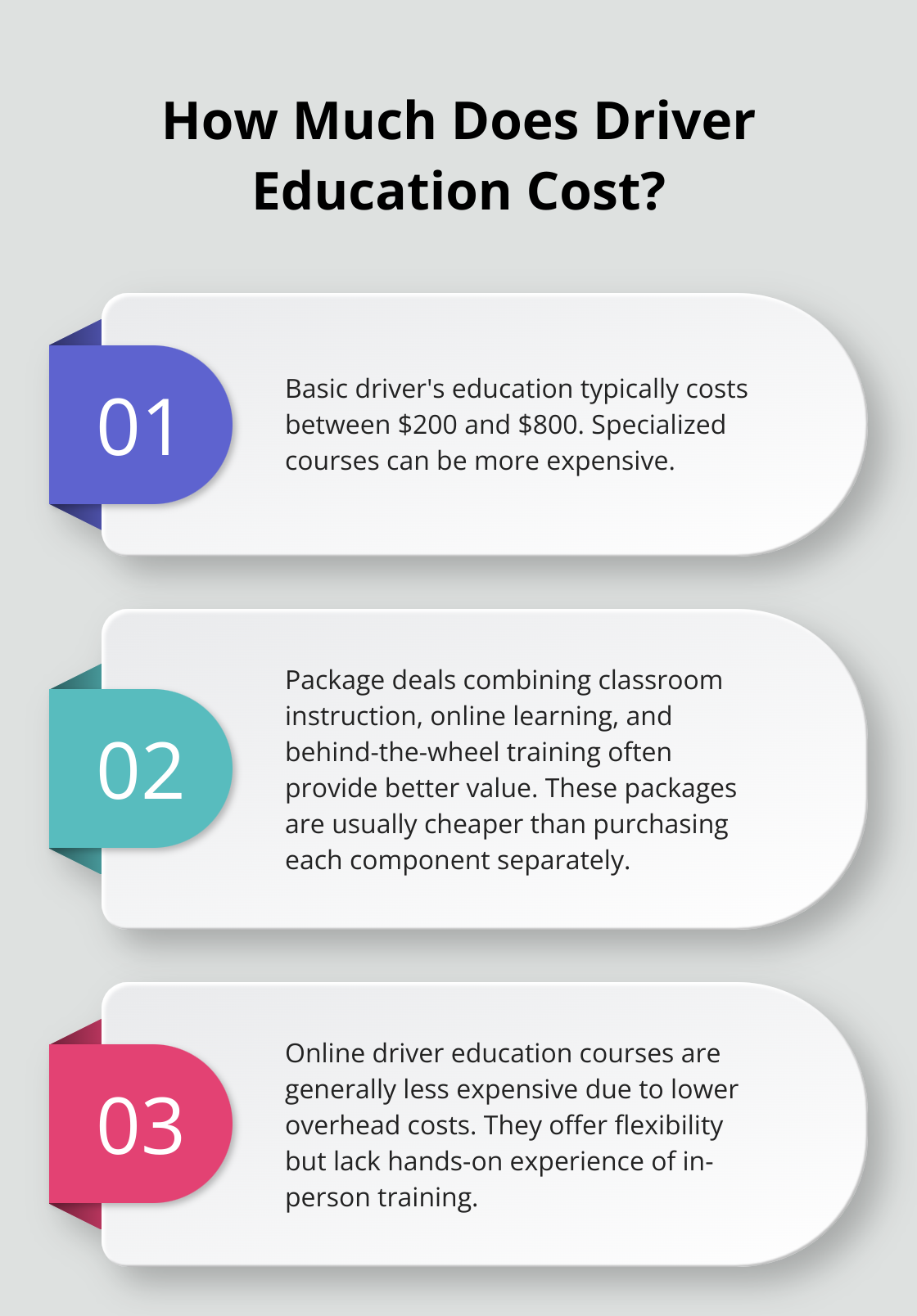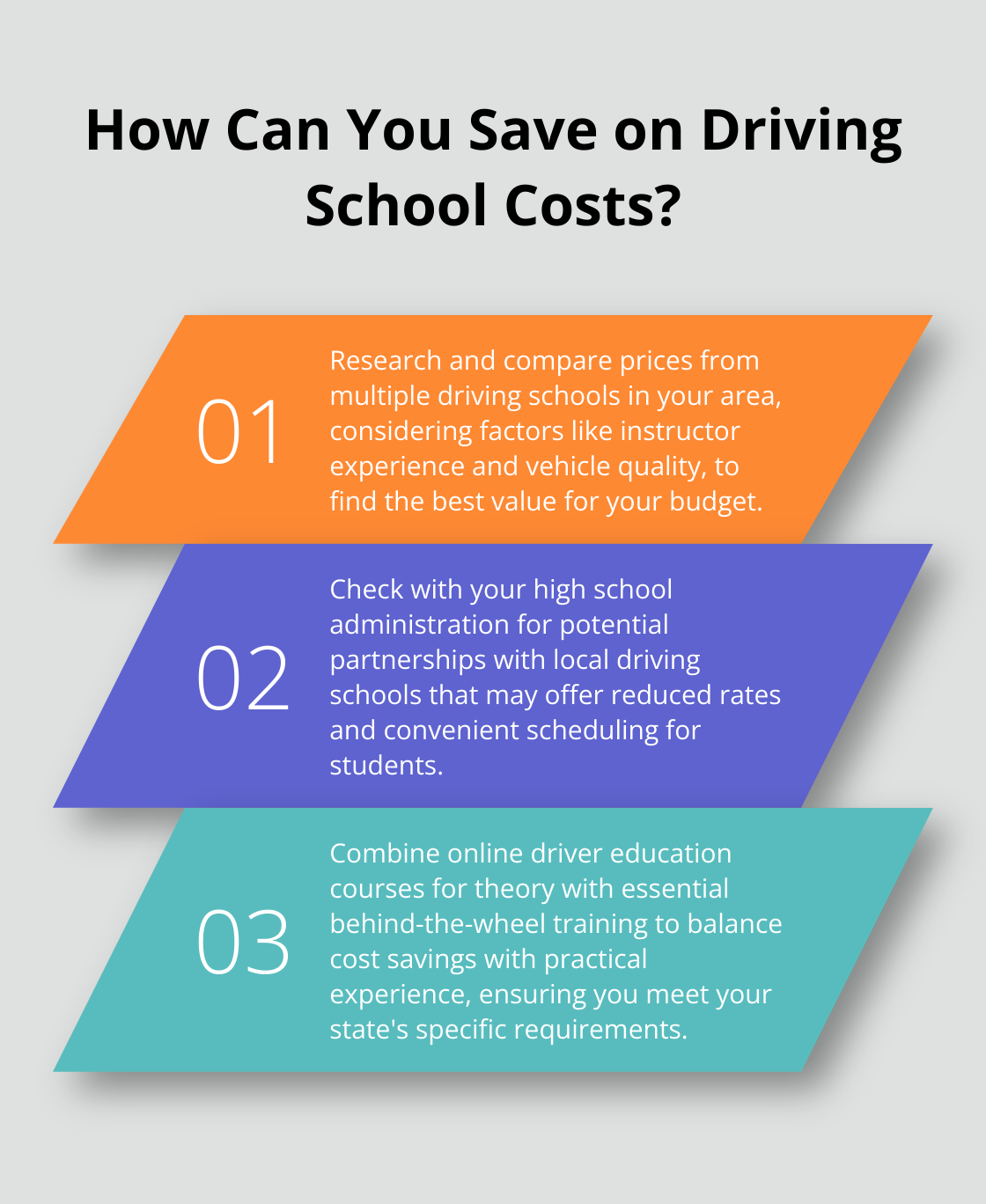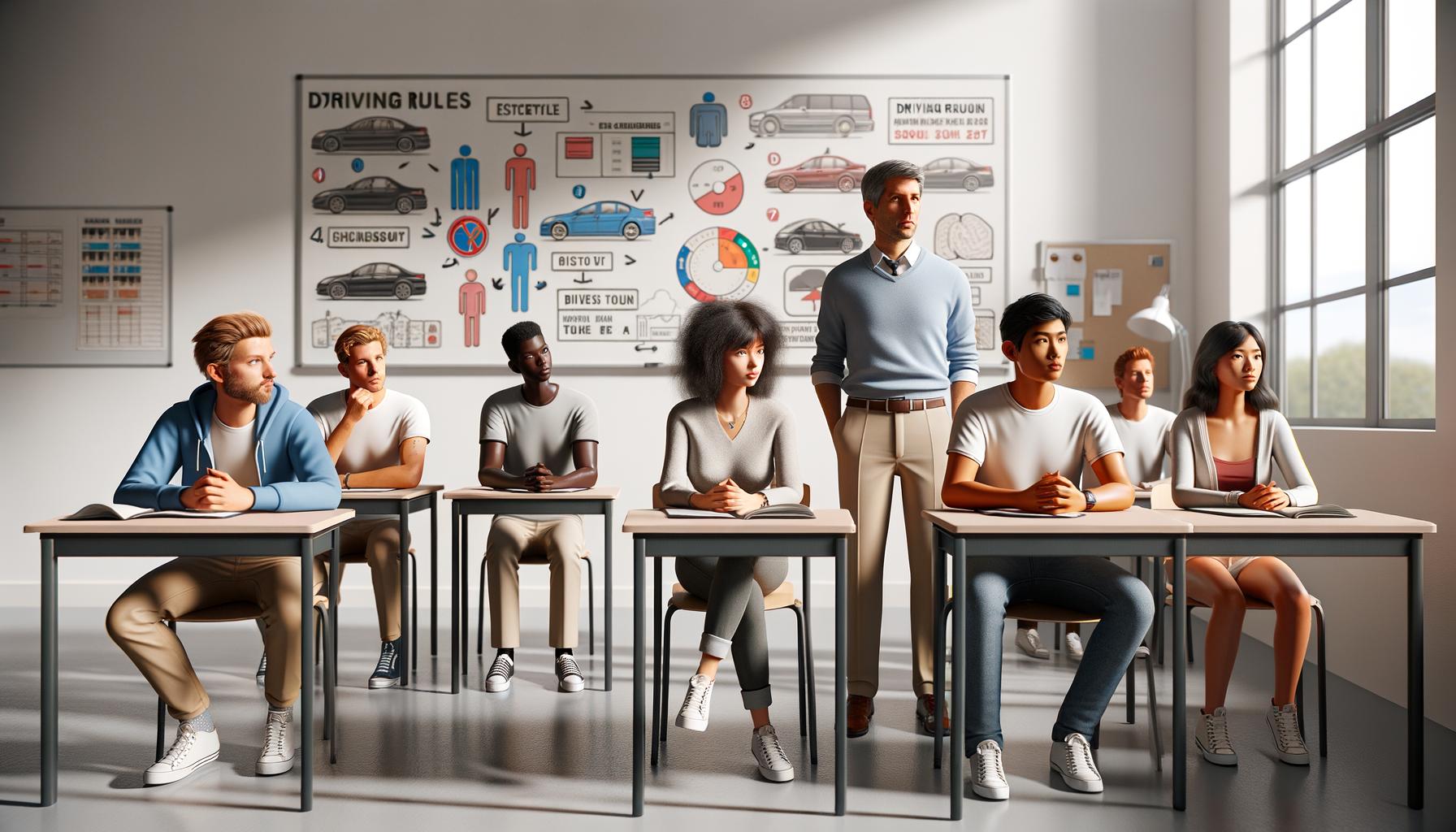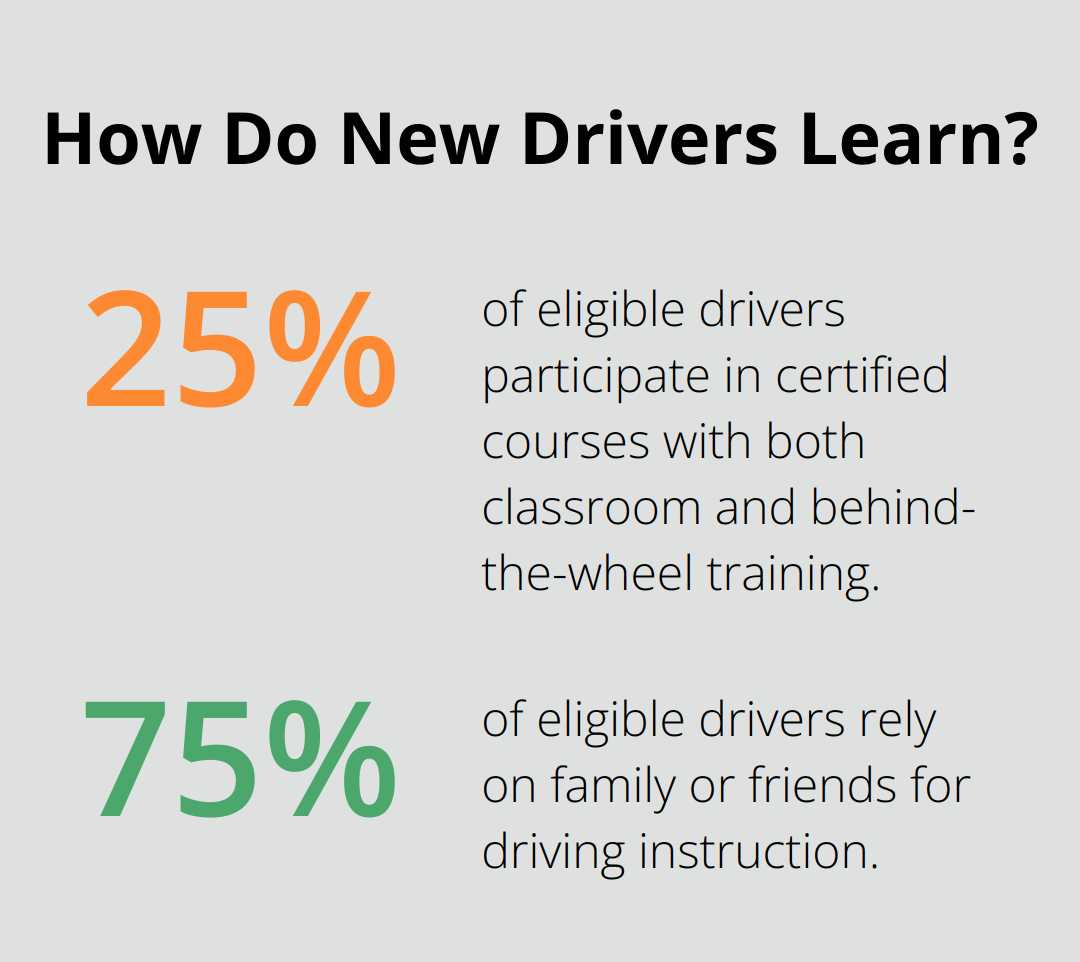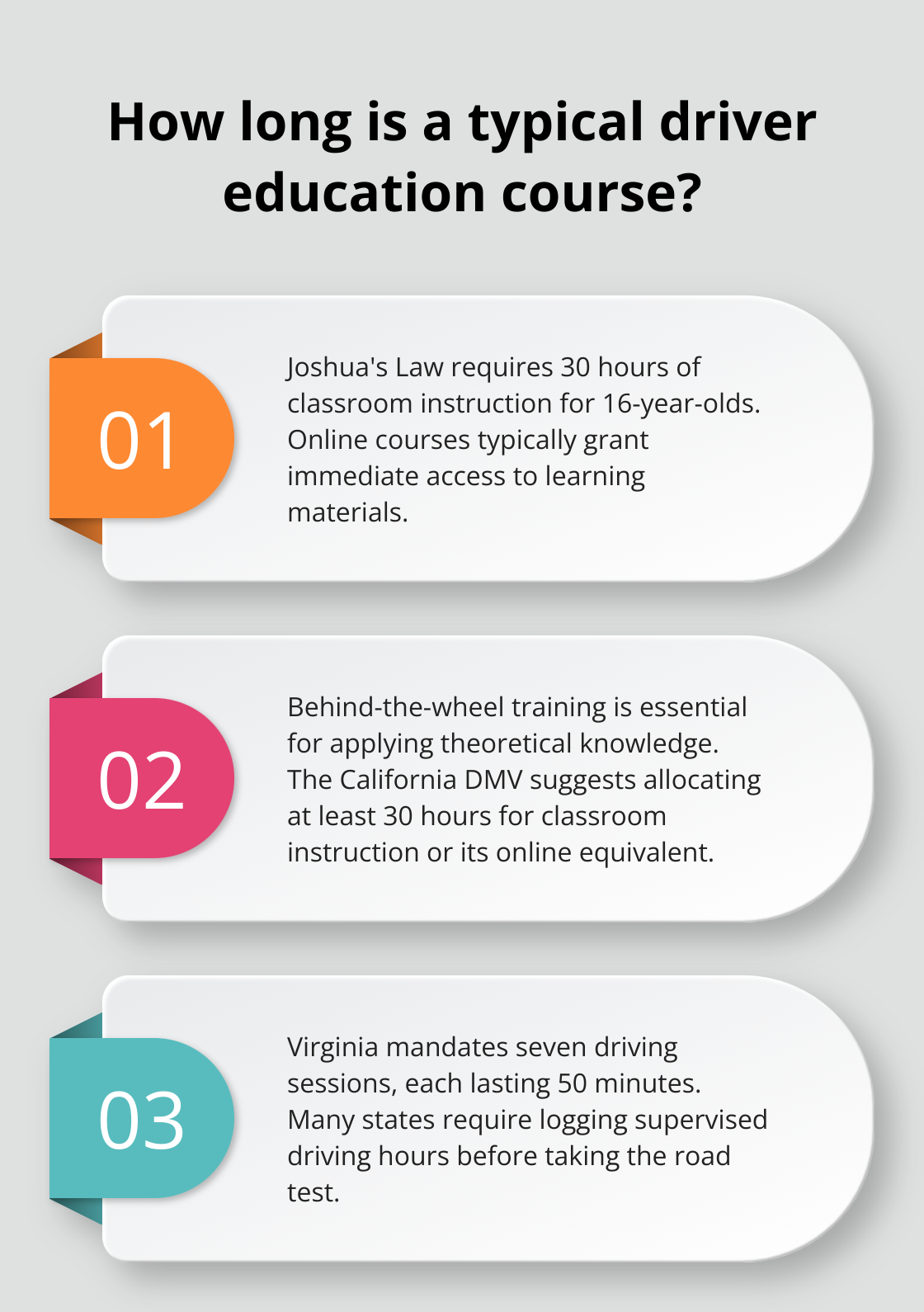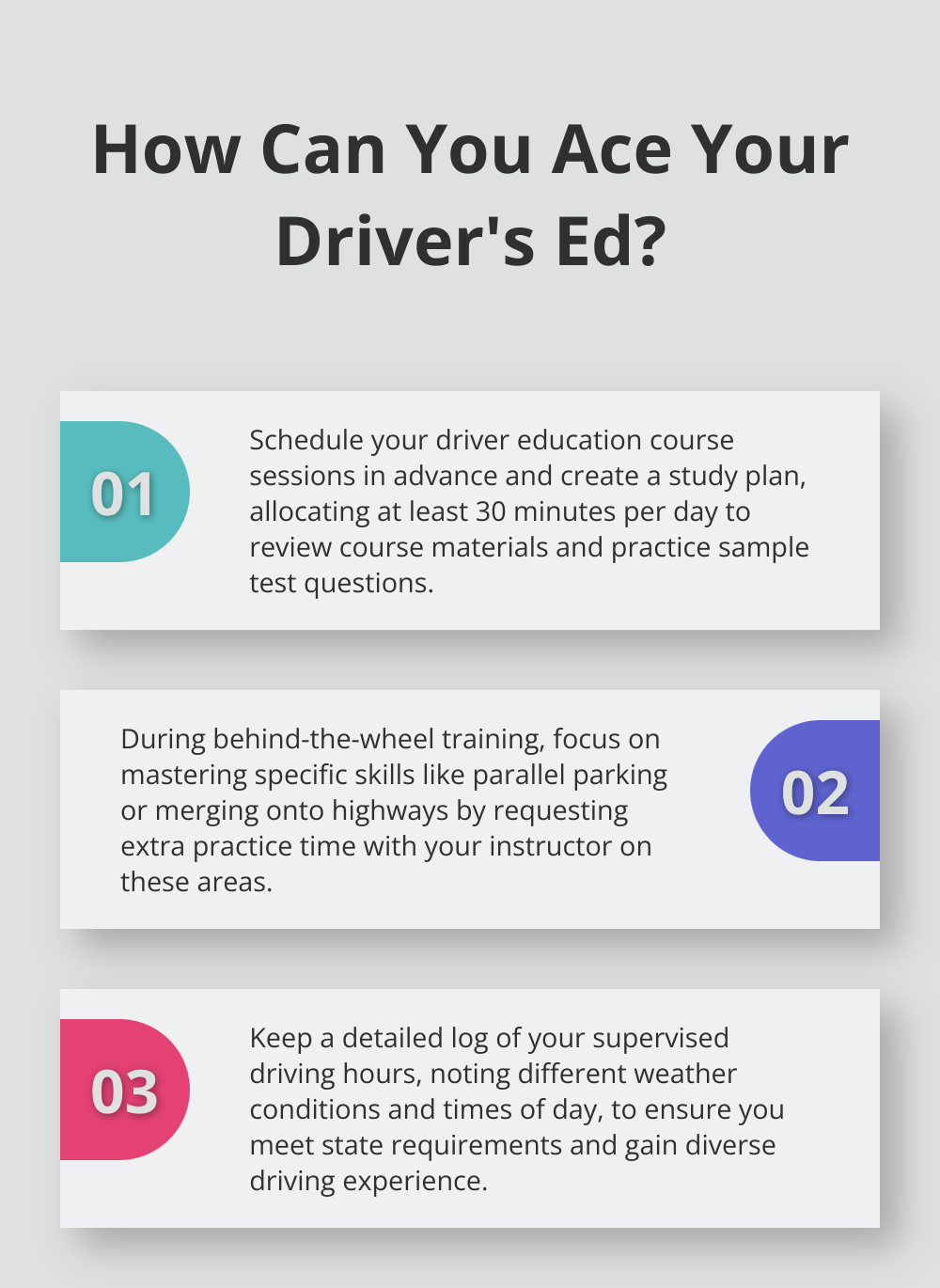How to Take a Driver Education Course Online
At The Wiser Driver Driving School, we’ve seen a surge in students opting for driver education courses online. This convenient option allows learners to study at their own pace from the comfort of their homes.
Taking a driver education course online offers flexibility and accessibility, but it’s essential to approach it with the right mindset and preparation. In this post, we’ll guide you through the process of choosing, preparing for, and maximizing your online driver education experience.
How to Choose the Best Online Driver Education Course
Selecting the right online driver education course will set you up for success. Here’s how you can make the best choice for your needs.
State Approval: A Must-Have
You must verify that the course you consider has approval from your state’s Department of Motor Vehicles (DMV). State-approved courses guarantee you’ll learn the correct material and that your completion certificate will receive recognition. The National Highway Traffic Safety Administration reports that state-approved courses result in higher success rates for students passing their permit tests.
Course Features: Look for Interactivity
You should seek courses that offer interactive elements like videos, simulations, and quizzes. These features boost engagement and improve retention. A study found that interactive online courses can help address high attrition rates in online classes and boost retention rates.
Pricing and Value: Balance is Key
Cost matters, but it shouldn’t be your only consideration. Compare prices, but also examine what you get for your money. Some courses might appear cheaper but lack essential features or support. Others offer additional benefits (such as free online driver education), which can provide excellent value.
Student Feedback: Your Guide to Quality
Read reviews and testimonials from past students. Look for comments about course content, user experience, and customer support. Pay attention to how recent the reviews are, as courses can change over time. Websites like Trustpilot or the Better Business Bureau provide unbiased reviews.
Mobile Compatibility: Learn On-the-Go
Ensure the course works well on mobile devices. According to a Pew Research Center study, 85% of Americans own a smartphone, and many prefer to study on their mobile devices. A mobile-compatible course allows you to study whenever and wherever you have free time, increasing your chances of course completion.

The right online driver education course can significantly impact your learning experience and driving skills. Take the time to research and choose wisely – your future on the road depends on it. Now that you know how to select the best course, let’s move on to preparing for your online driver education journey.
How to Create the Perfect Study Environment for Online Driver Education
Select an Ideal Study Space
Your study environment significantly impacts your learning experience. Find a quiet, well-lit area in your home where you can focus without interruptions. A study revealed a 16% impact of school design on 3766 pupils’ learning rates.
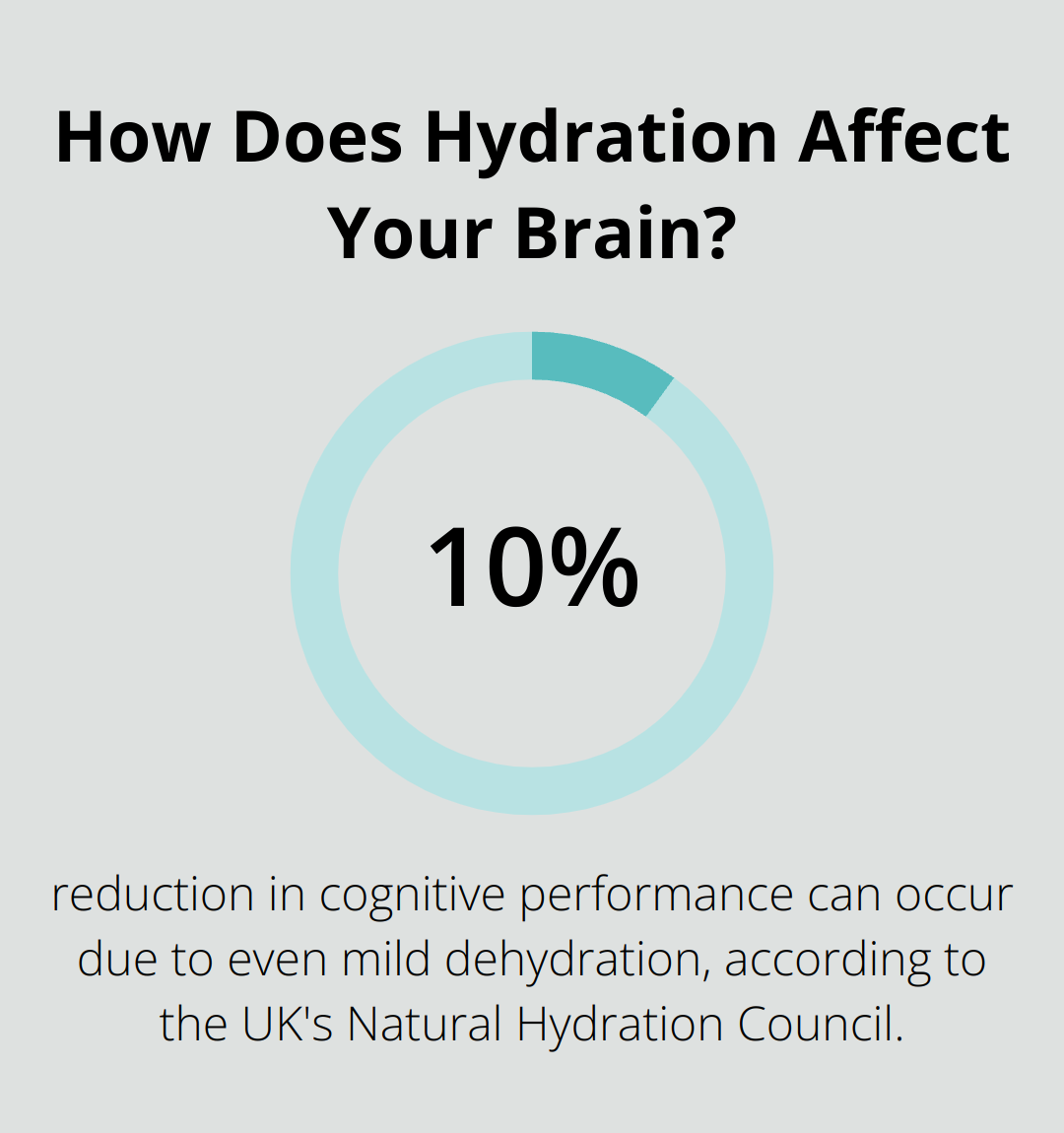
Choose a comfortable chair and a desk at the right height. Good ergonomics prevent fatigue and allow you to study for longer periods. The National Institutes of Health recommends keeping your screen at eye level and your feet flat on the floor to maintain proper posture.
Prepare Essential Study Materials
While online courses reduce the need for physical materials, a notebook and pen can enhance your learning. Research from Princeton University and the University of California, Los Angeles, indicates that students who take handwritten notes retain information better than those who type notes on a computer.
Keep a water bottle nearby. Hydration is essential for maintaining focus. The UK’s Natural Hydration Council reports that even mild dehydration can reduce cognitive performance by up to 10%.
Establish a Consistent Study Schedule
Consistency is key in online learning. Create a study schedule that fits your lifestyle and adhere to it. Research has demonstrated the benefits of spaced or distributed practice over mass or continuous practice (i.e., cramming).
Use tools like Google Calendar or Trello to plan your study sessions. Set reminders on your phone to keep yourself accountable. Try to dedicate at least 30 minutes of focused study time each day.
Secure a Reliable Internet Connection
A stable internet connection is essential for online learning. Test your internet speed using websites like Speedtest.net. For smooth video streaming and online interactions, you’ll need at least 5 Mbps download speed and 1 Mbps upload speed.
If your home internet is unreliable, consider alternatives. Many public libraries offer free Wi-Fi, or you could use your smartphone as a mobile hotspot (just be sure to choose a secure connection to protect your personal information).
With these preparations in place, you’re ready to maximize your online driver education experience. The next section will explore strategies to make the most of your course content and interactive features.
How to Maximize Your Online Driver Education Experience
Engage with Interactive Learning Tools
Online driver education courses offer a variety of interactive elements. These include videos, simulations, and interactive diagrams. Don’t just skim through these – interact with them fully. If you encounter a simulation of a complex traffic scenario, work through it multiple times. Try different approaches and observe how they affect the outcome. This hands-on practice will improve your understanding and retention of important driving concepts. Interactive Learning Tools can help you complete your driver course online, enhancing road safety and confidence with flexible scheduling and interactive content.
Take Advantage of Practice Tests
Regular self-assessment plays a key role in effective learning. Many online courses include practice quizzes and tests throughout the curriculum. Don’t skip these – they reinforce your learning. A study published in the journal Memory & Cognition found that students who took practice tests during learning had better long-term retention compared to those who simply studied the material.
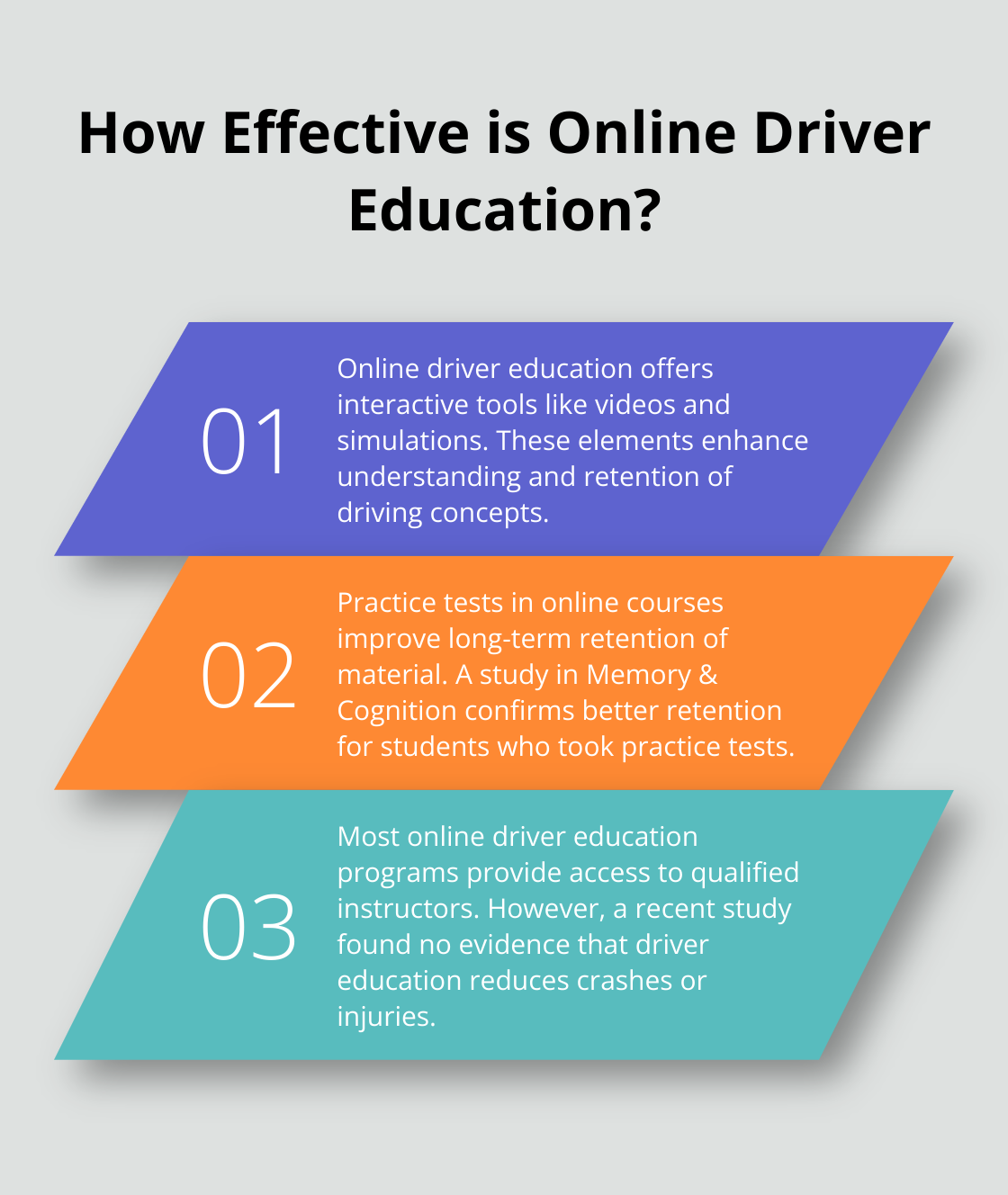
Take these quizzes even if you feel confident about the material. They will help identify areas where you might need more study, ensuring you’re fully prepared for your actual permit test.
Utilize Instructor Support
Online courses offer flexibility, but they don’t mean you’re learning in isolation. Most reputable online driver education programs provide access to qualified instructors. Reach out if you struggle with a concept or have questions about a particular driving rule.
Instructors can provide clarification, offer additional examples, and share real-world insights that will enhance your understanding. However, it’s important to note that there is currently no evidence that driver education is an effective approach to reducing crashes or injuries, according to a recent study.
Supplement Your Learning
While your online course will cover all the essential information, supplementing your learning with additional resources can give you an edge. The National Safety Council offers free defensive driving tips on their website (a valuable resource for new drivers). The Insurance Institute for Highway Safety provides in-depth information about vehicle safety features (which can be particularly useful when choosing your first car). Exploring these resources will deepen your understanding and make you a more informed driver.
The goal of driver education isn’t just to pass a test – it’s to become a safe, responsible driver. Fully engage with your online course and seek out additional learning opportunities to set yourself up for success both on the test and on the road.
Final Thoughts
Online driver education courses have transformed the way people learn to drive. These courses offer flexibility and allow students to study at their own pace. Students must actively participate in their learning journey to fully benefit from a driver education course online.
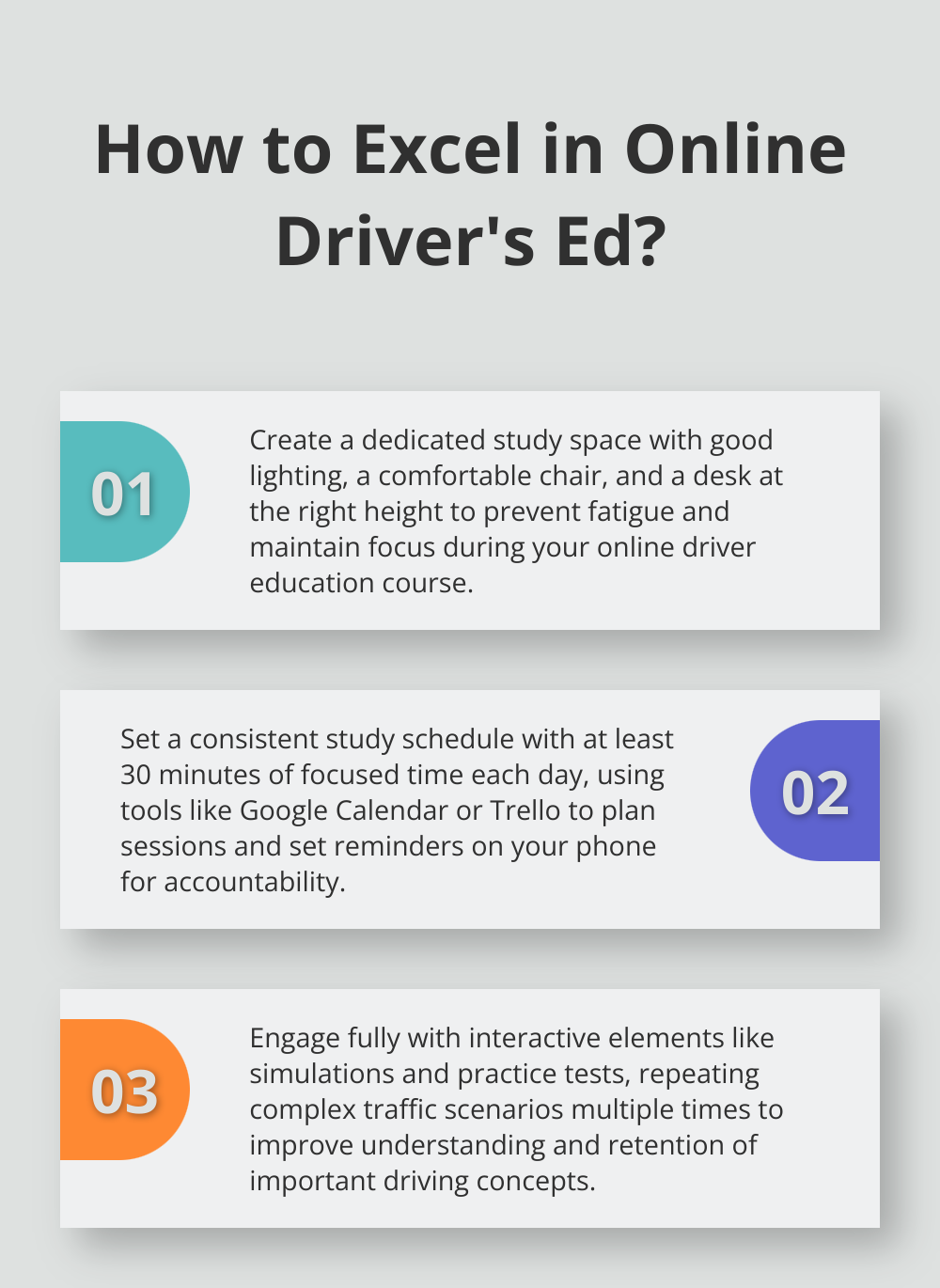
The Wiser Driver Driving School provides comprehensive driver education programs for drivers of all ages and skill levels. Our courses aim to boost confidence and equip students with the skills needed for safe driving. We offer a range of options to meet specific needs, including state-required classes and defensive driving courses.
Completing an online driver education course marks the beginning of a journey as a driver. Students should stay curious and remain open to learning (while always prioritizing safety on the road). With the right mindset and proper education, students can become wiser, more confident drivers.




